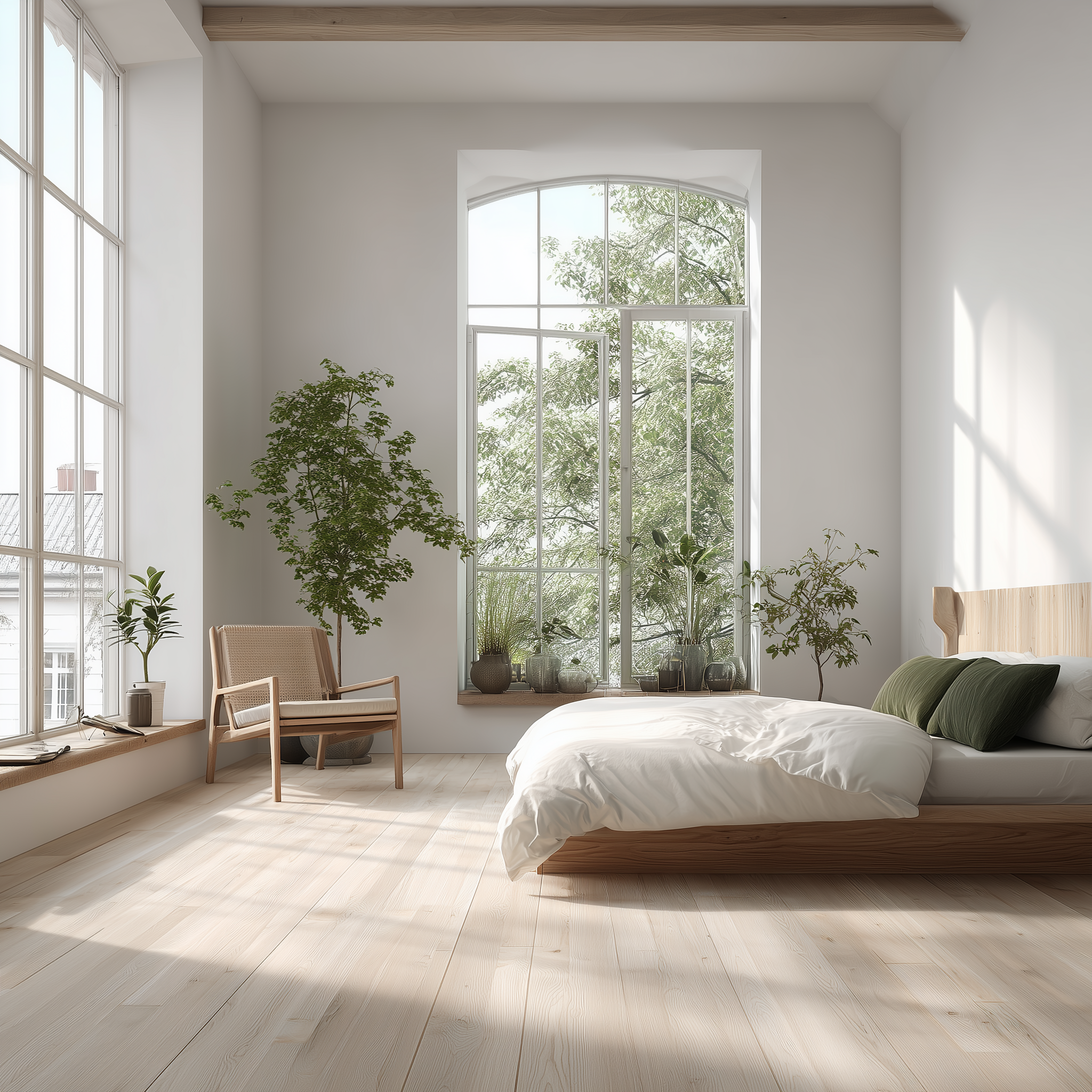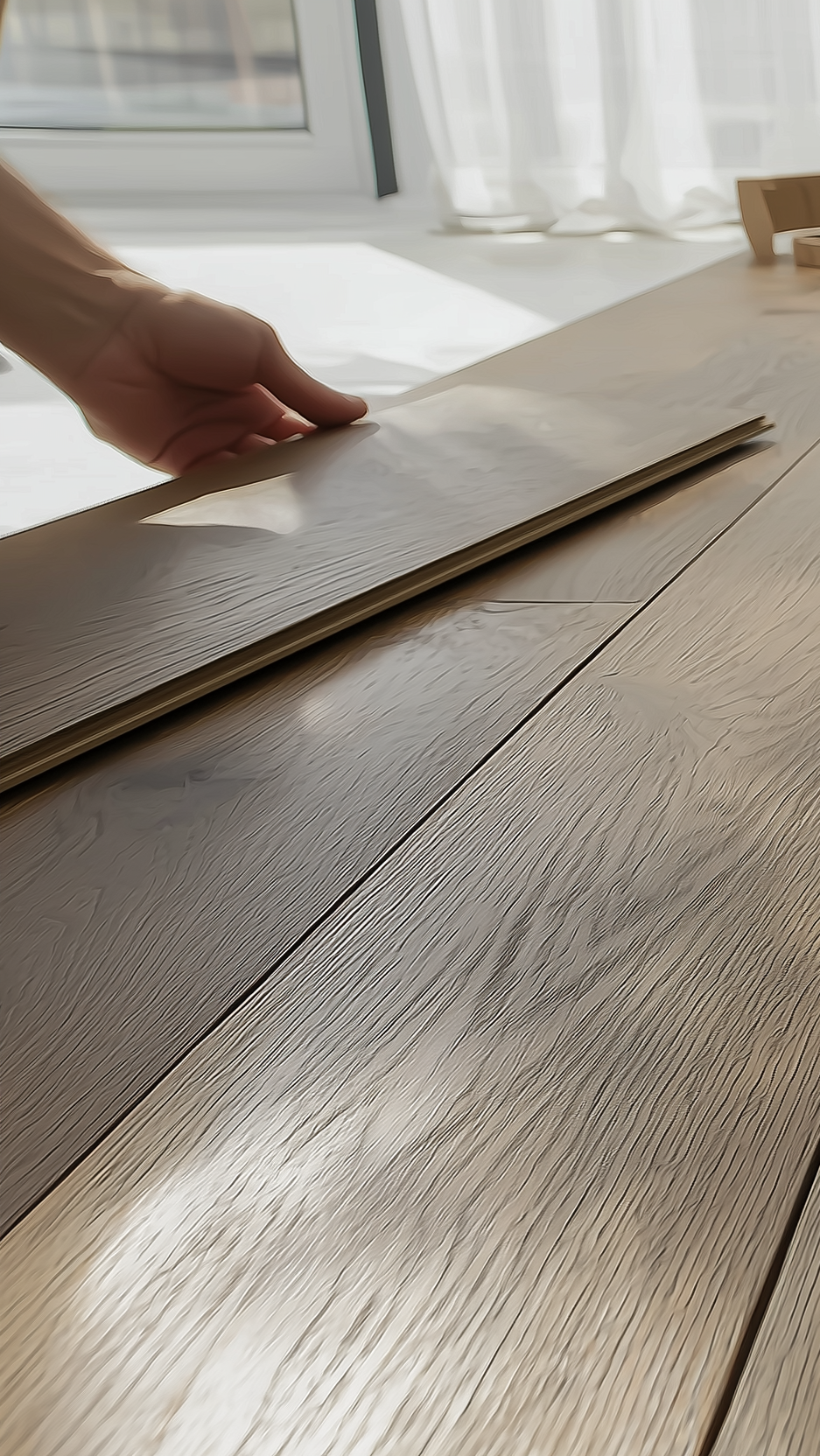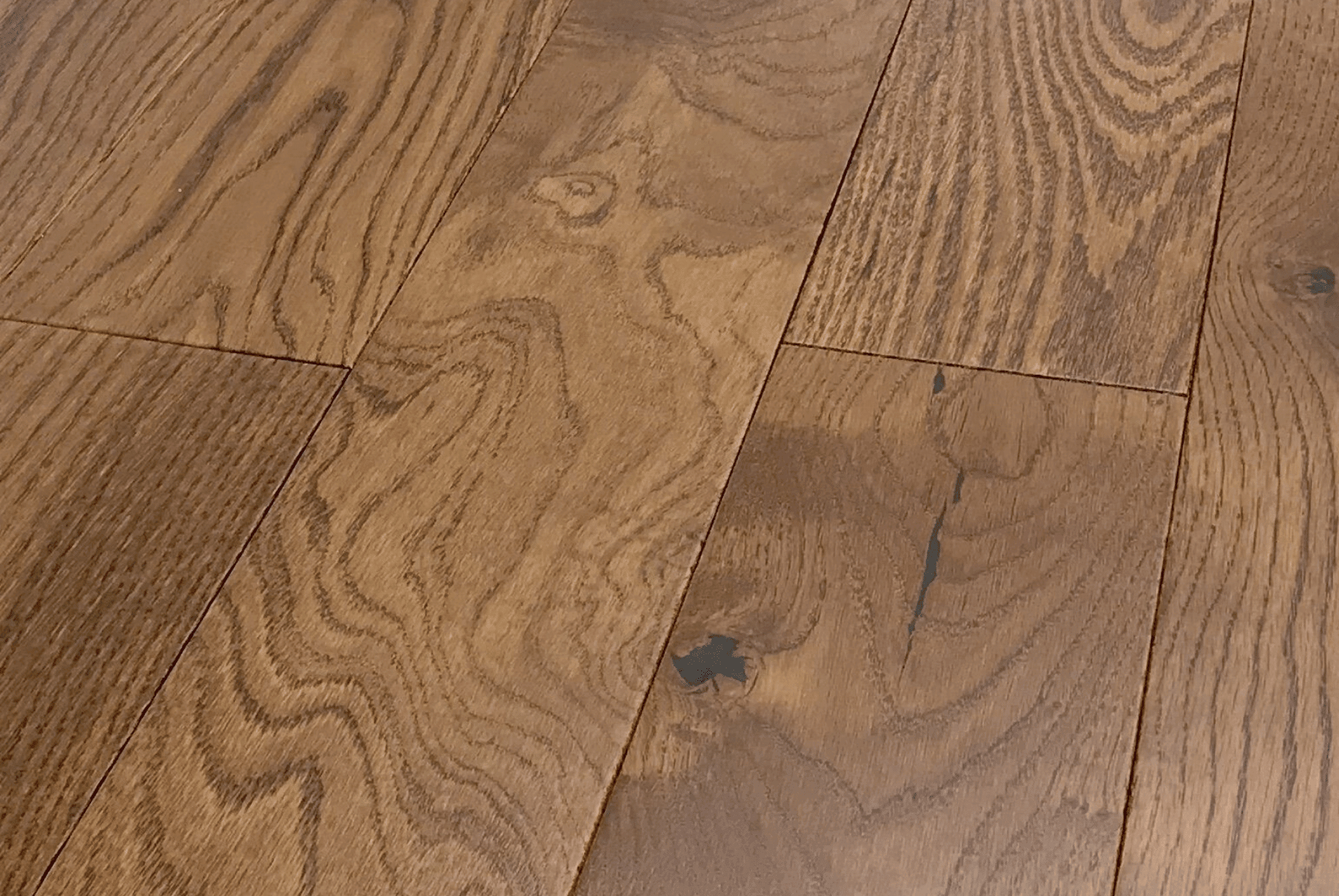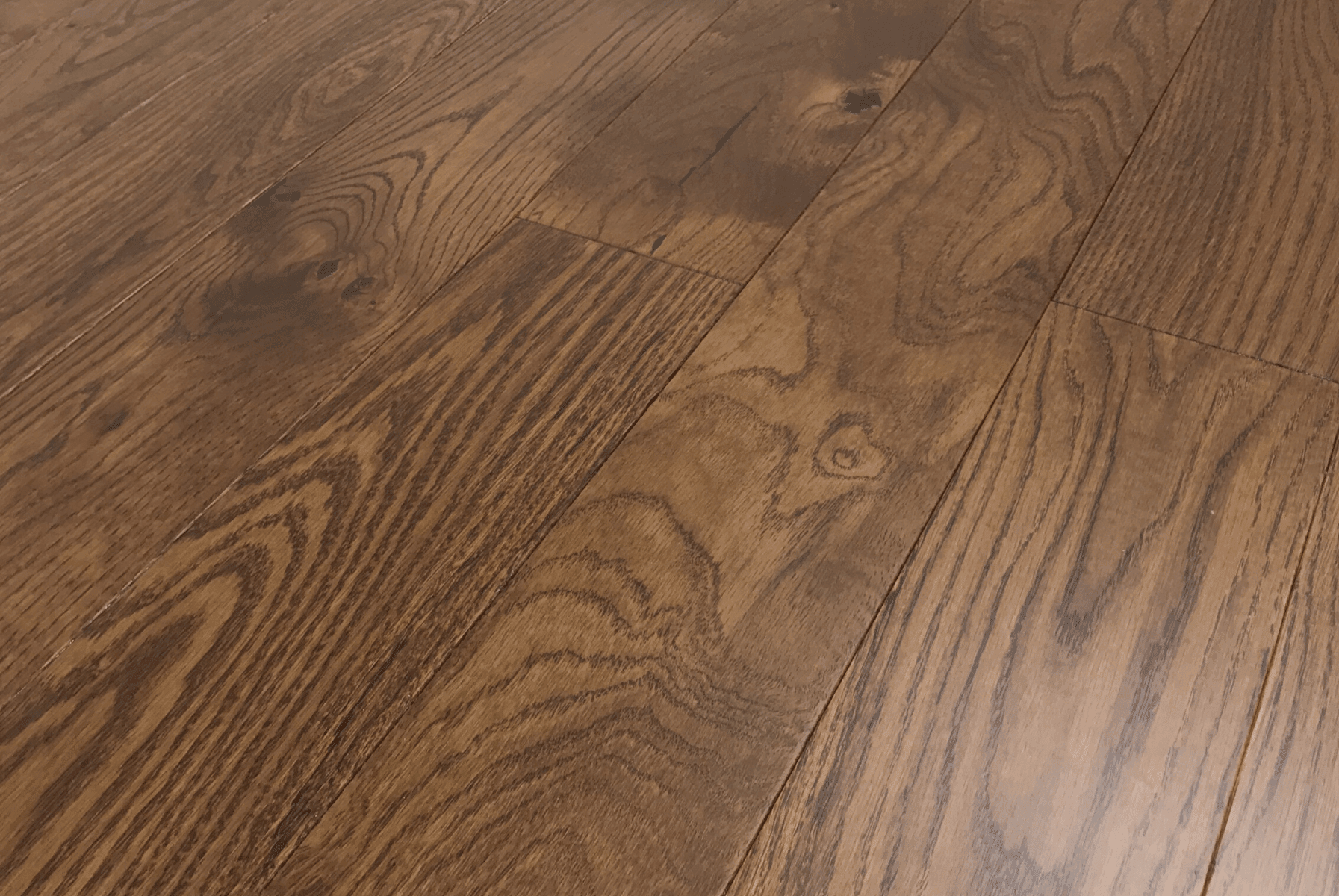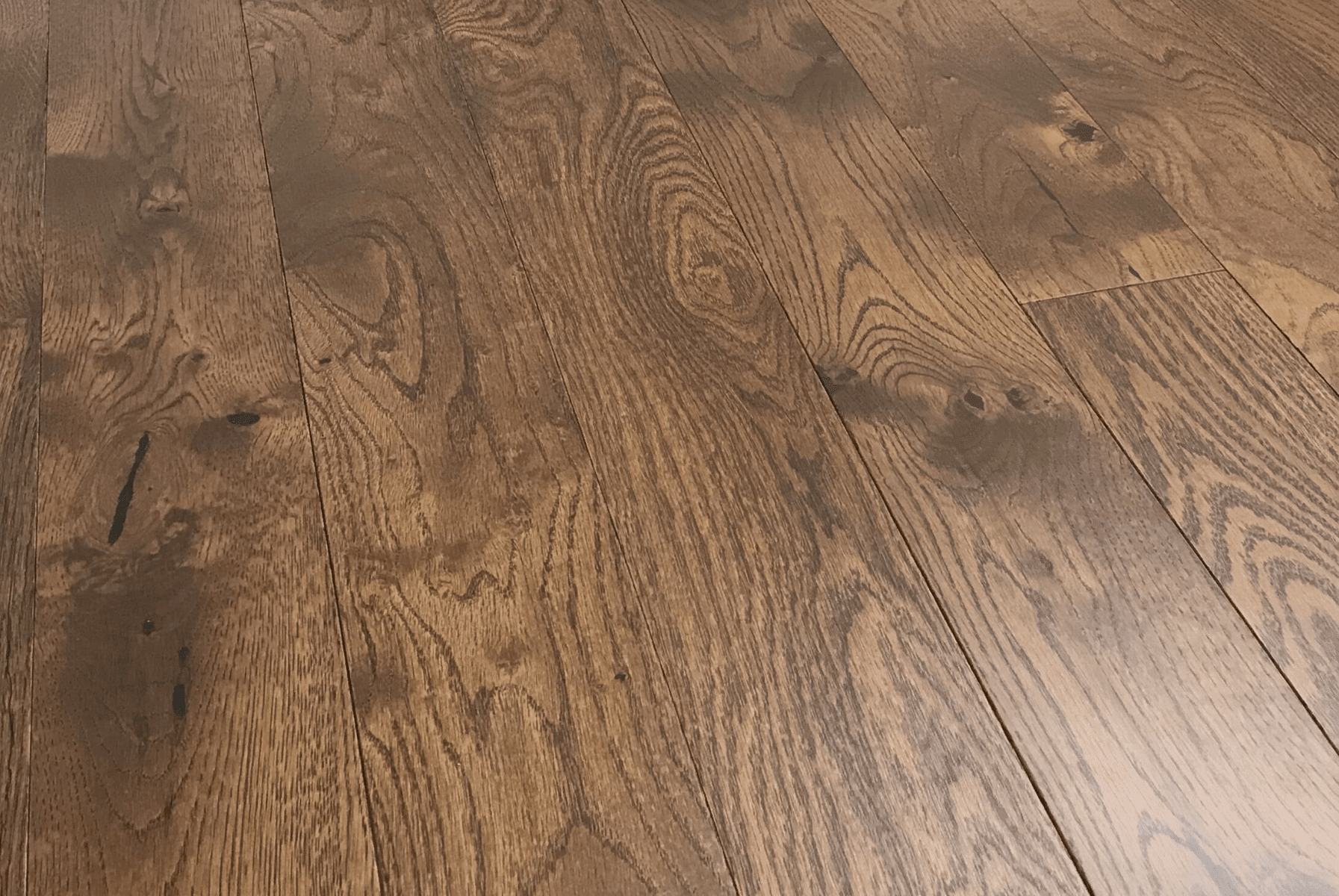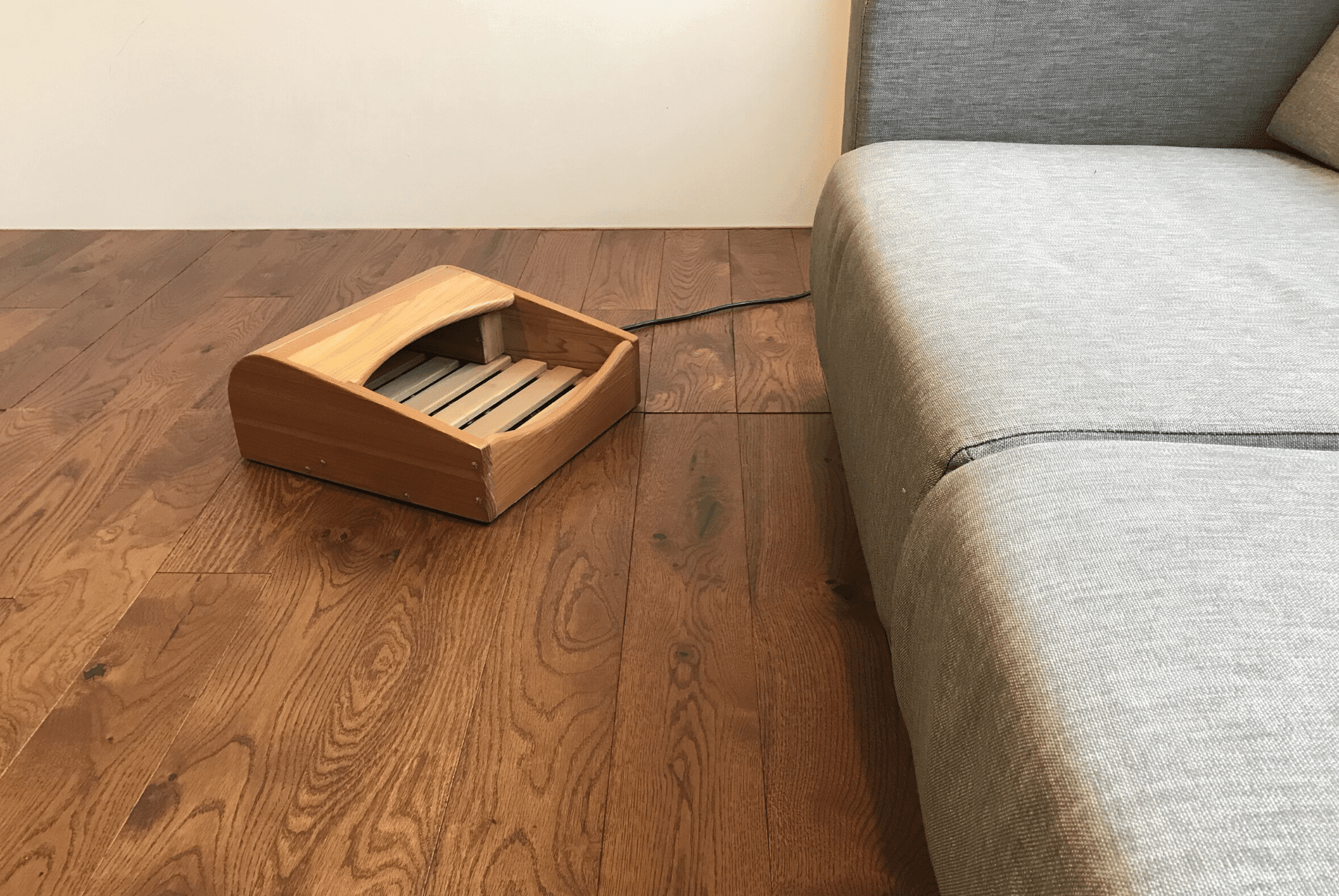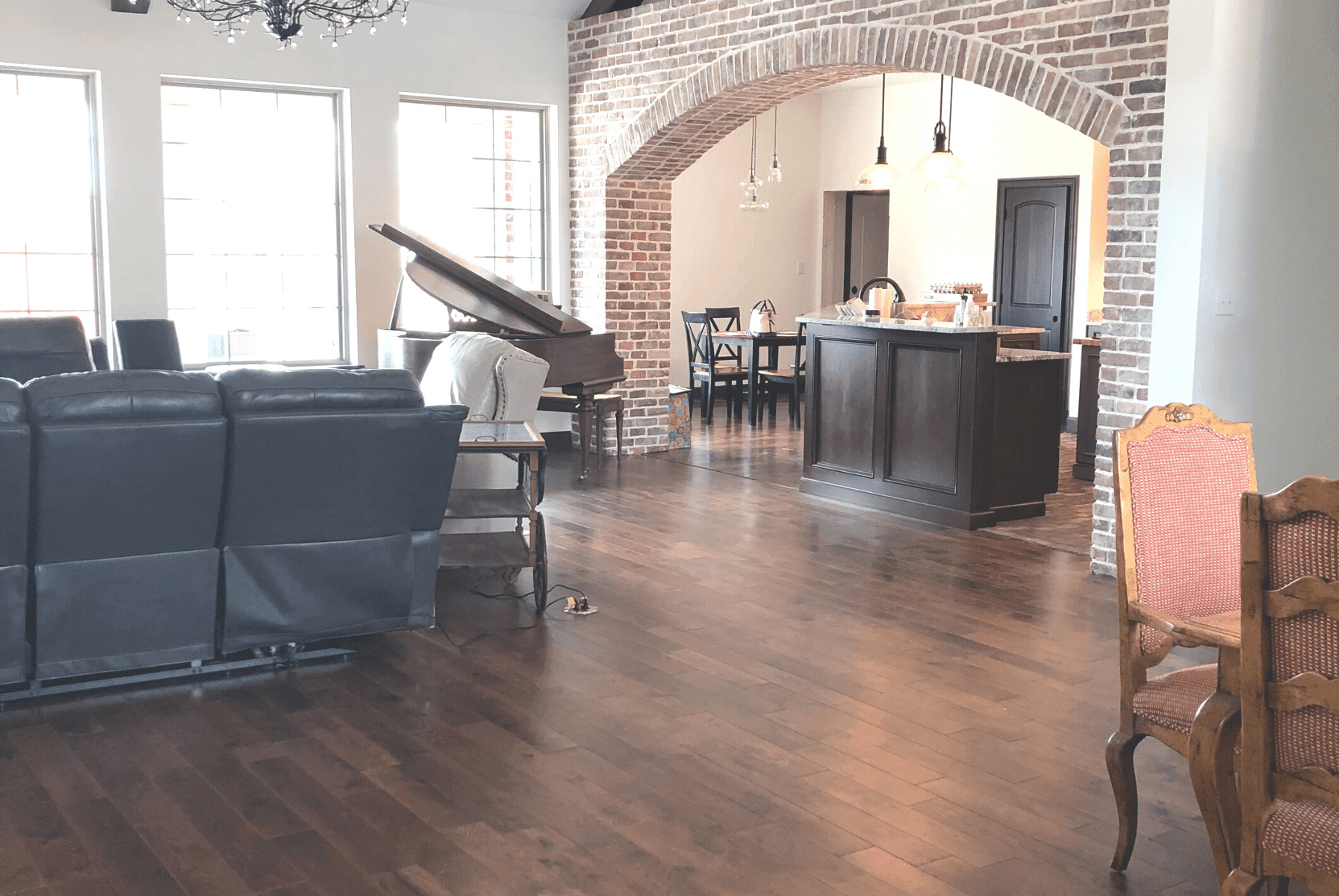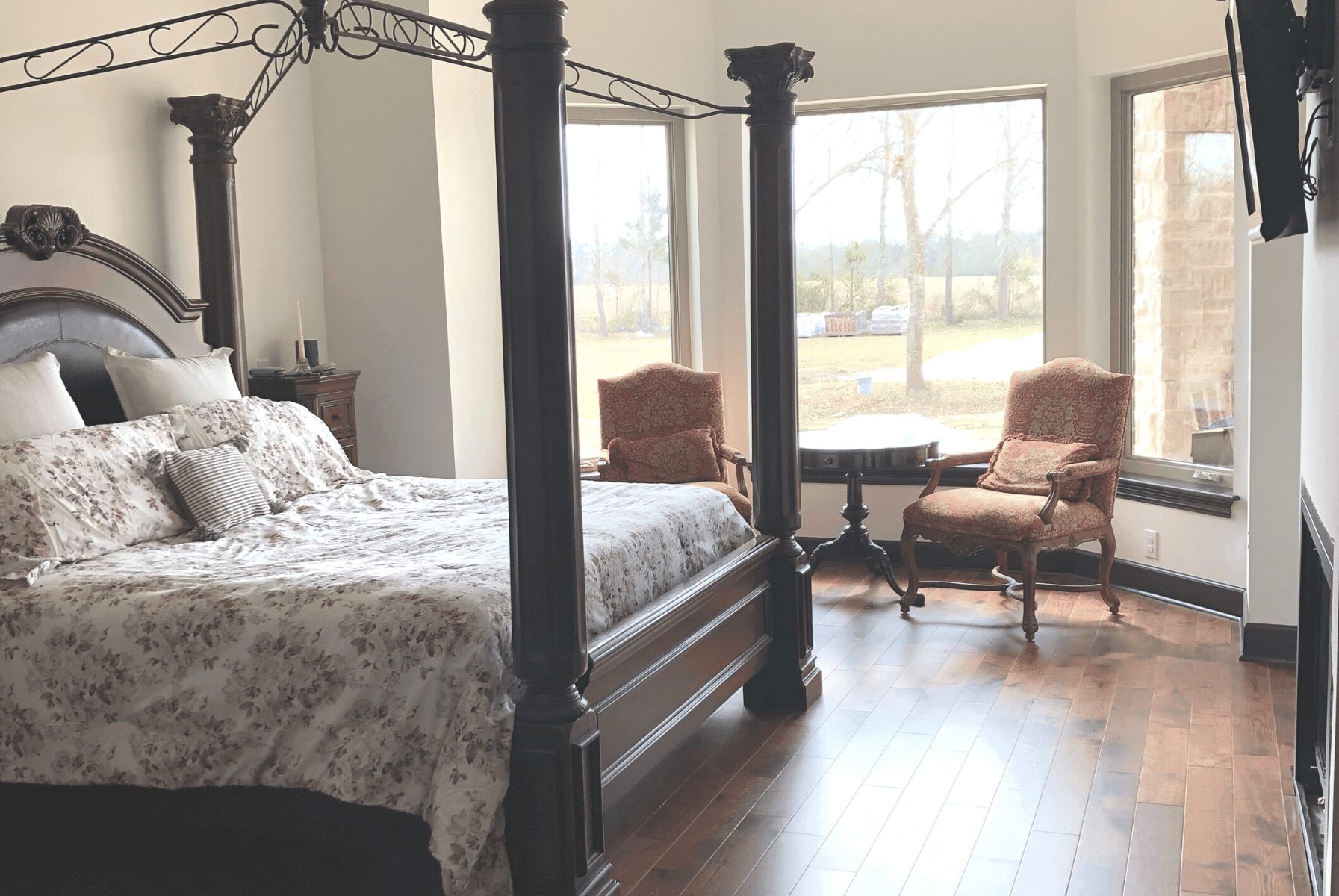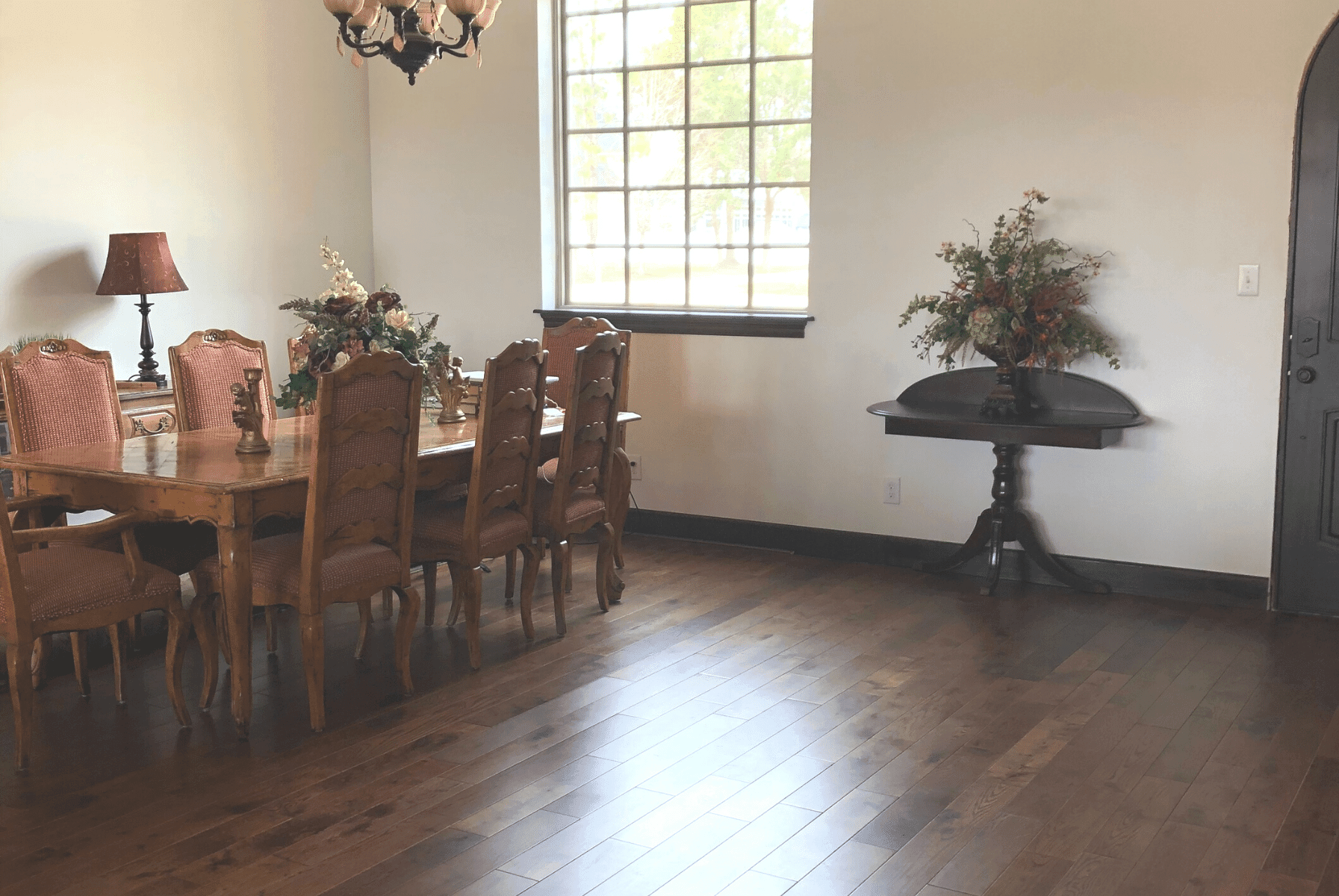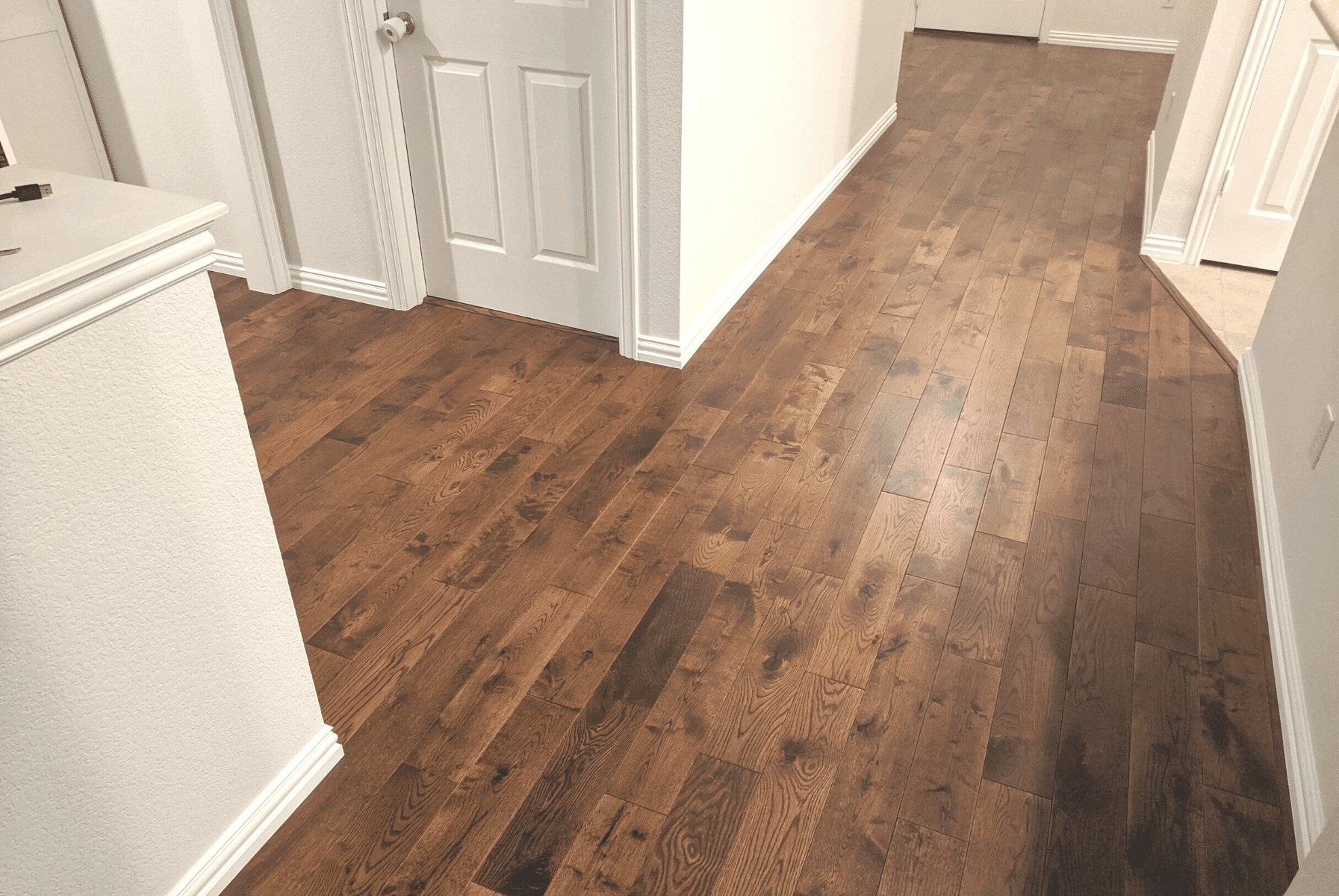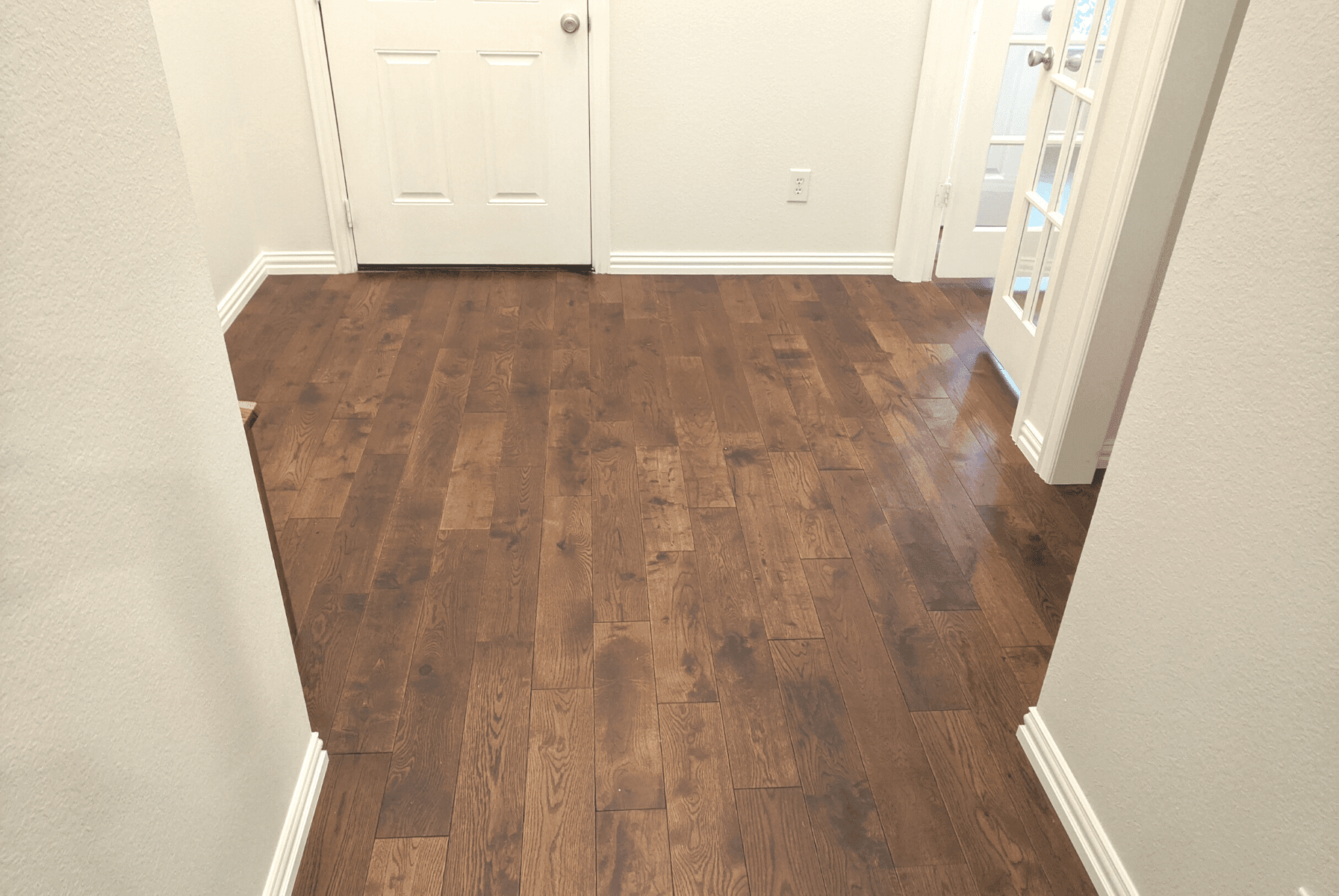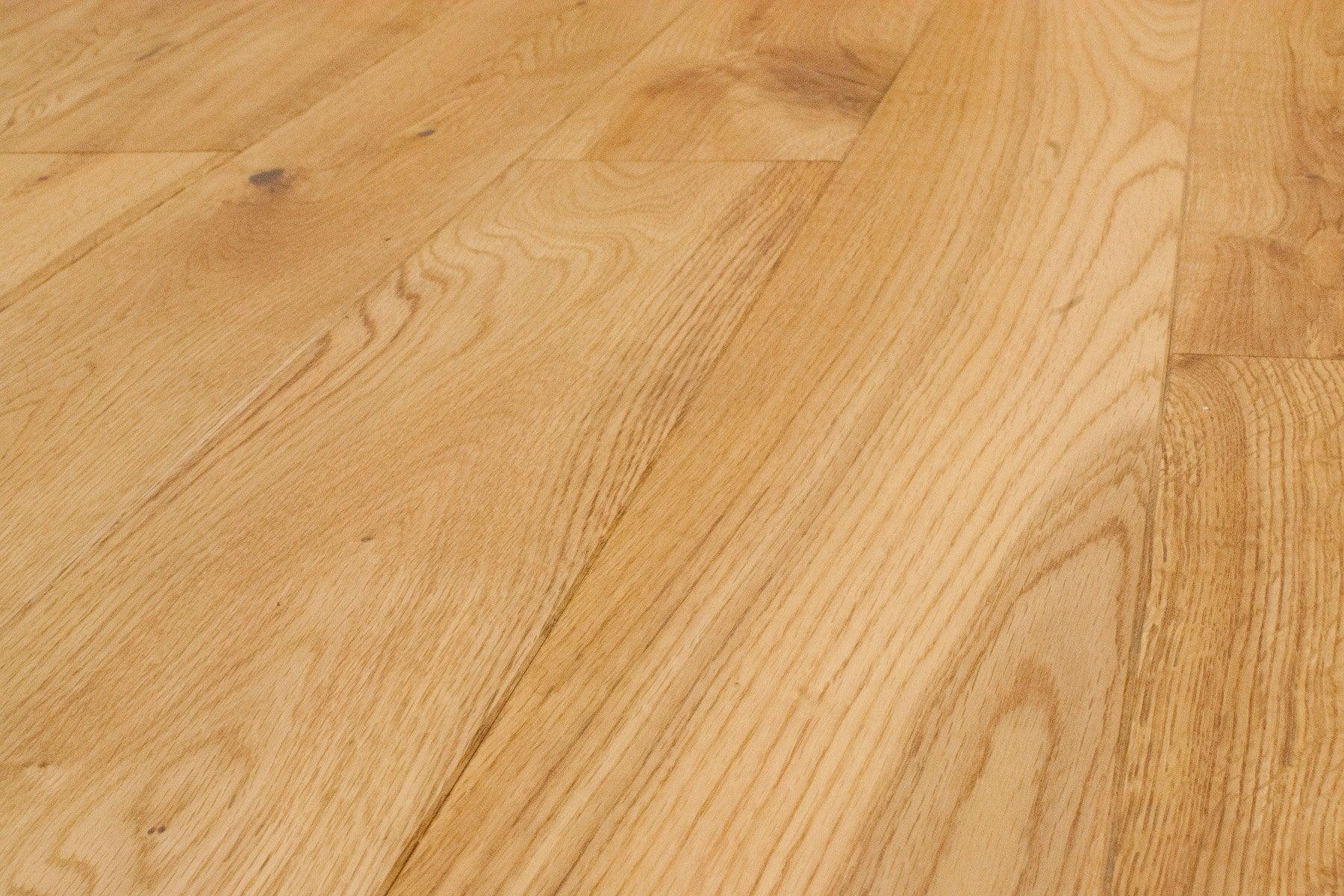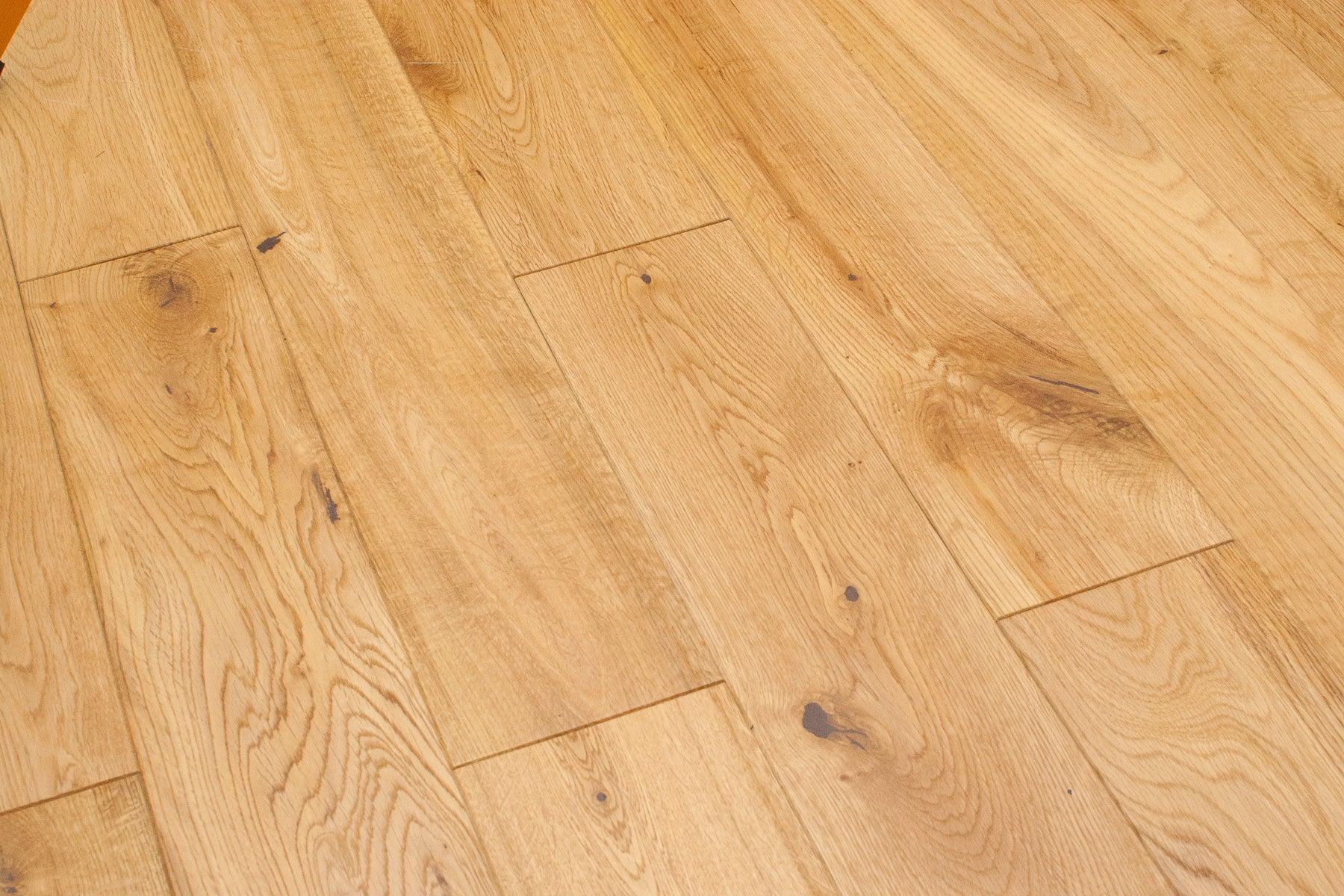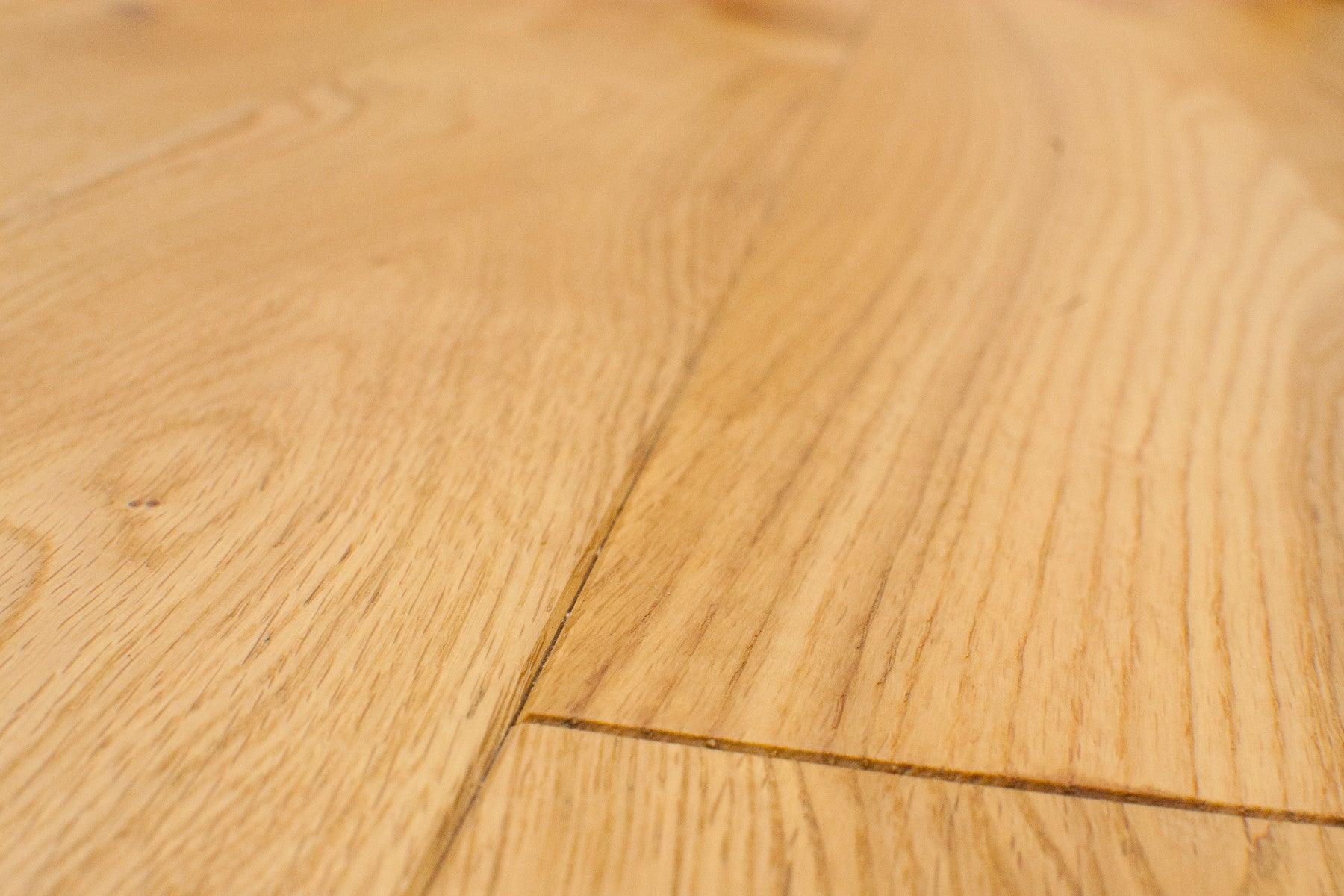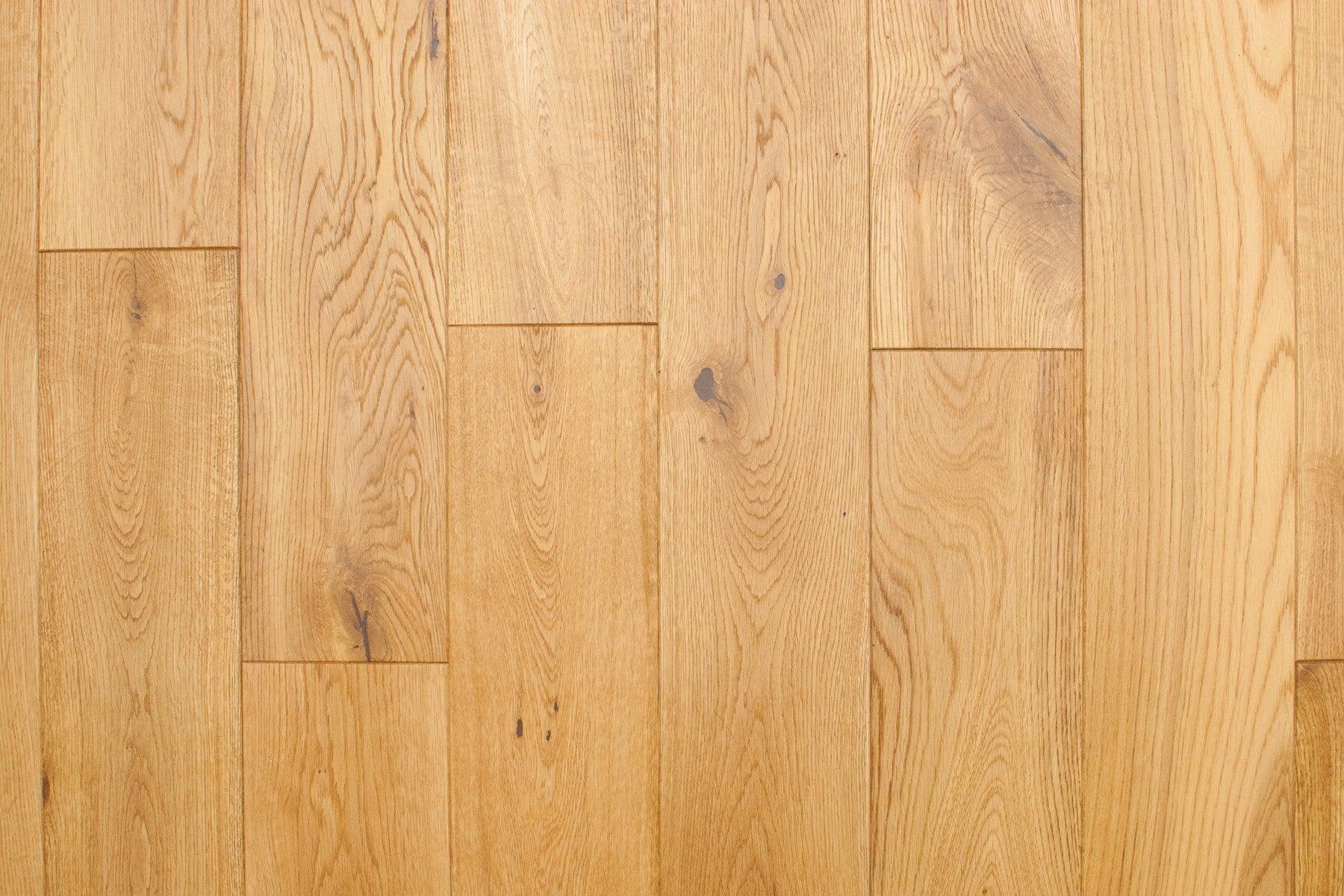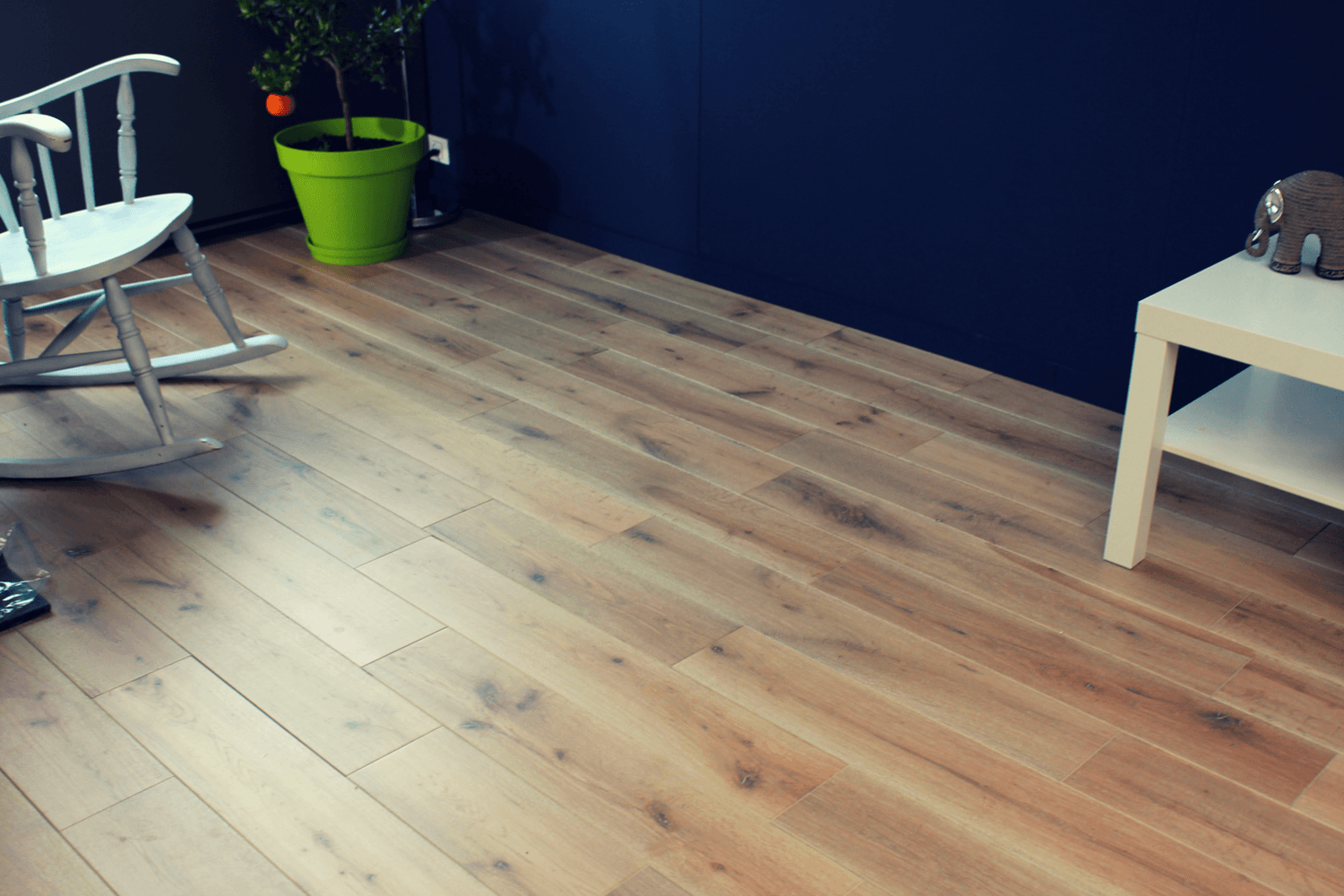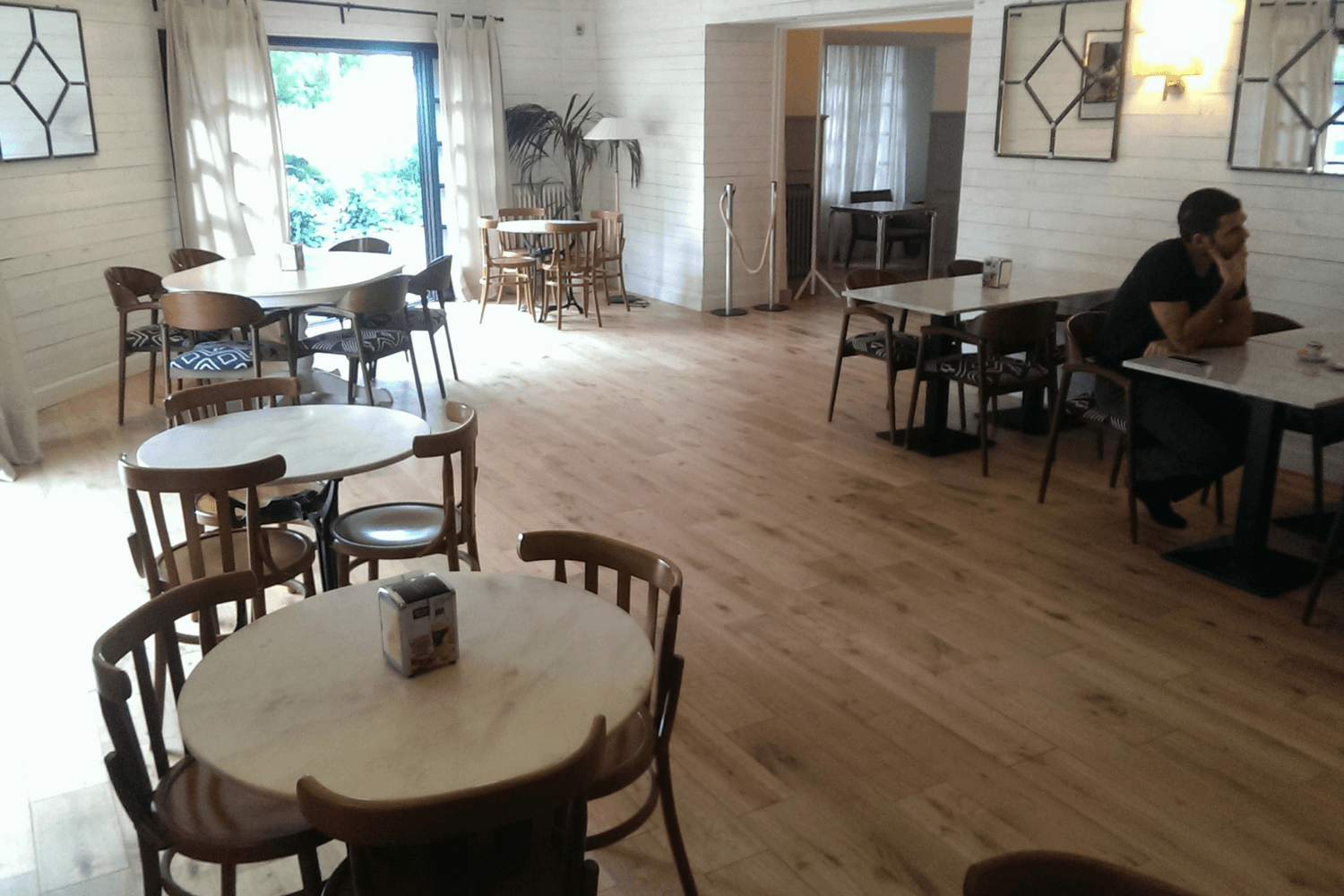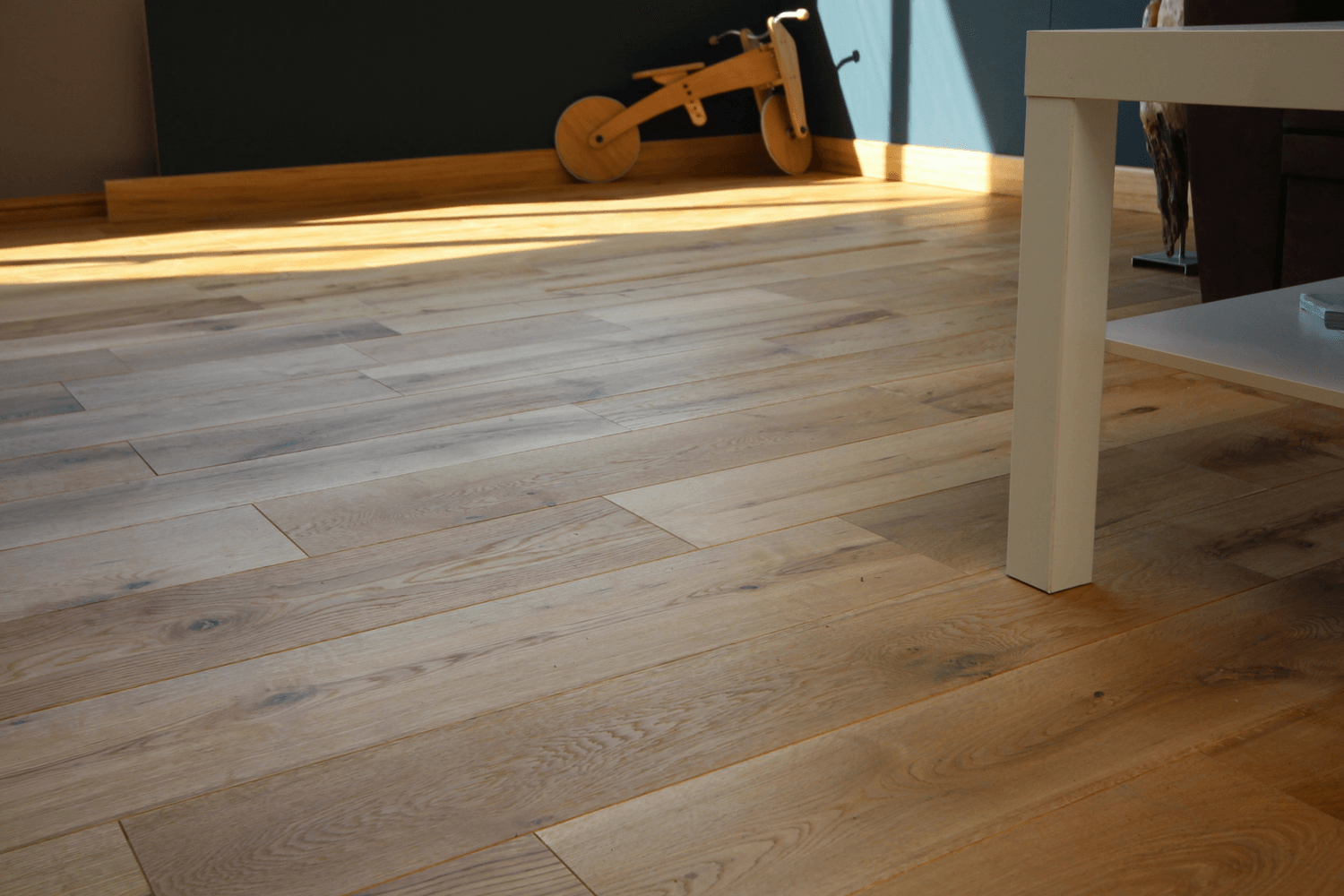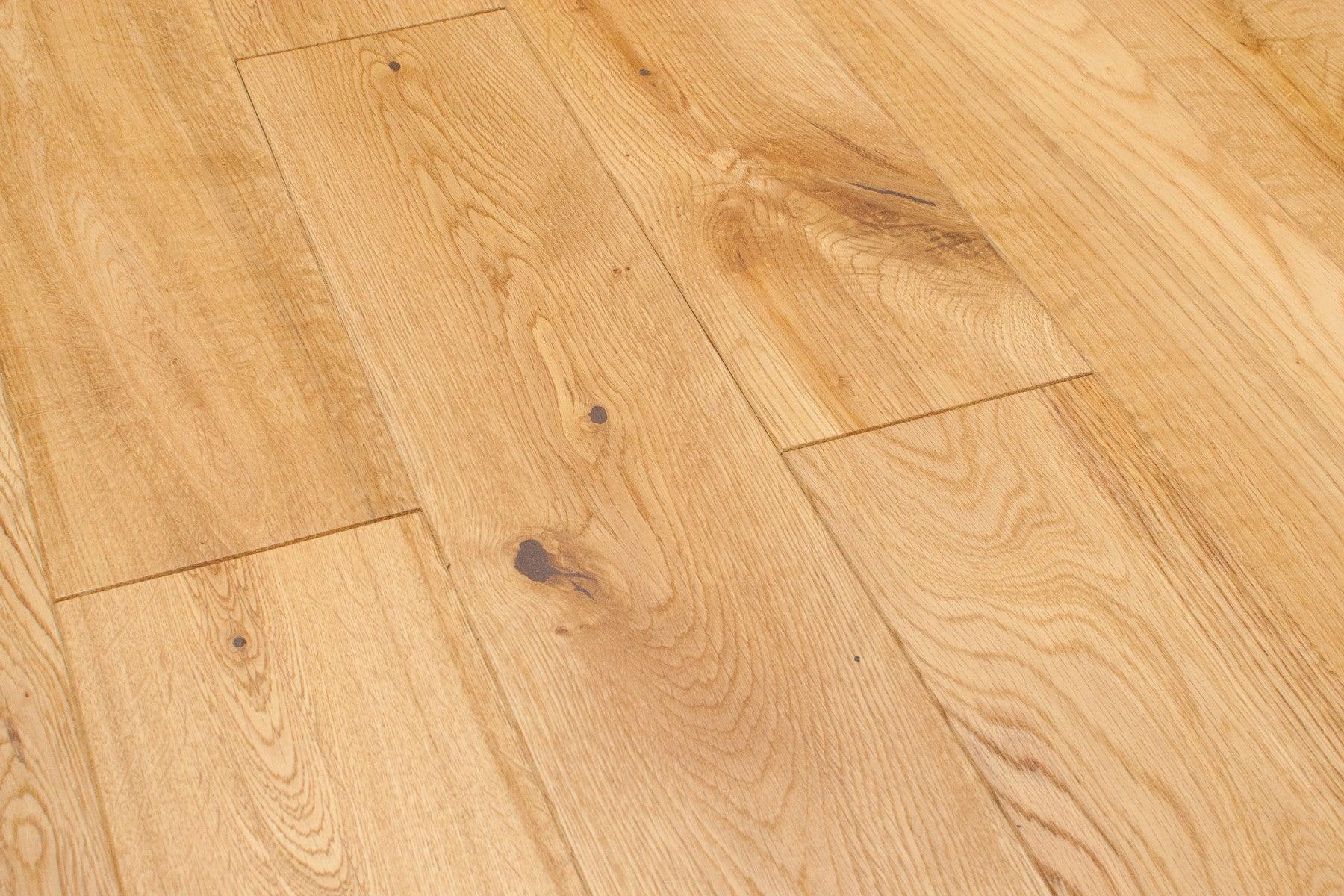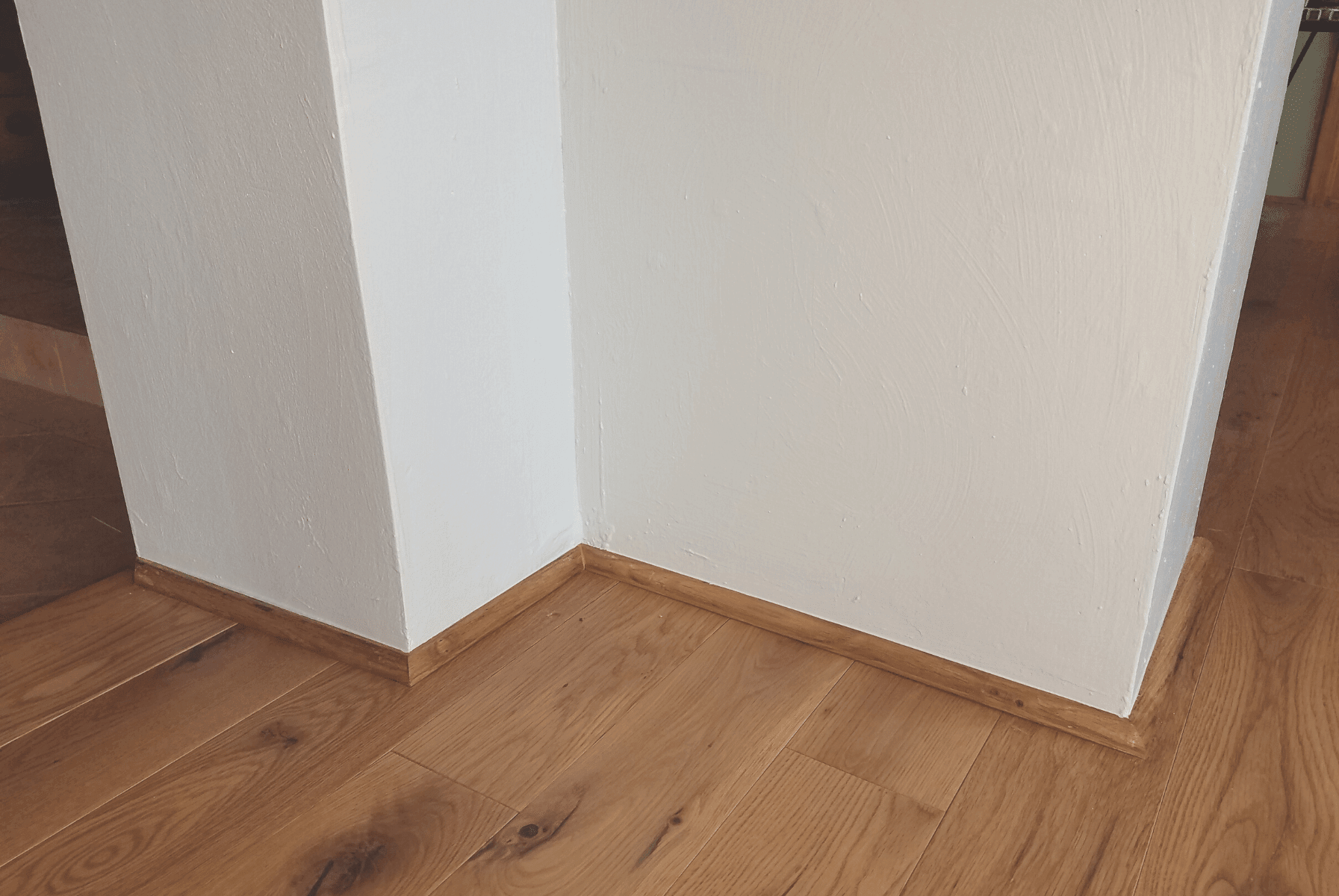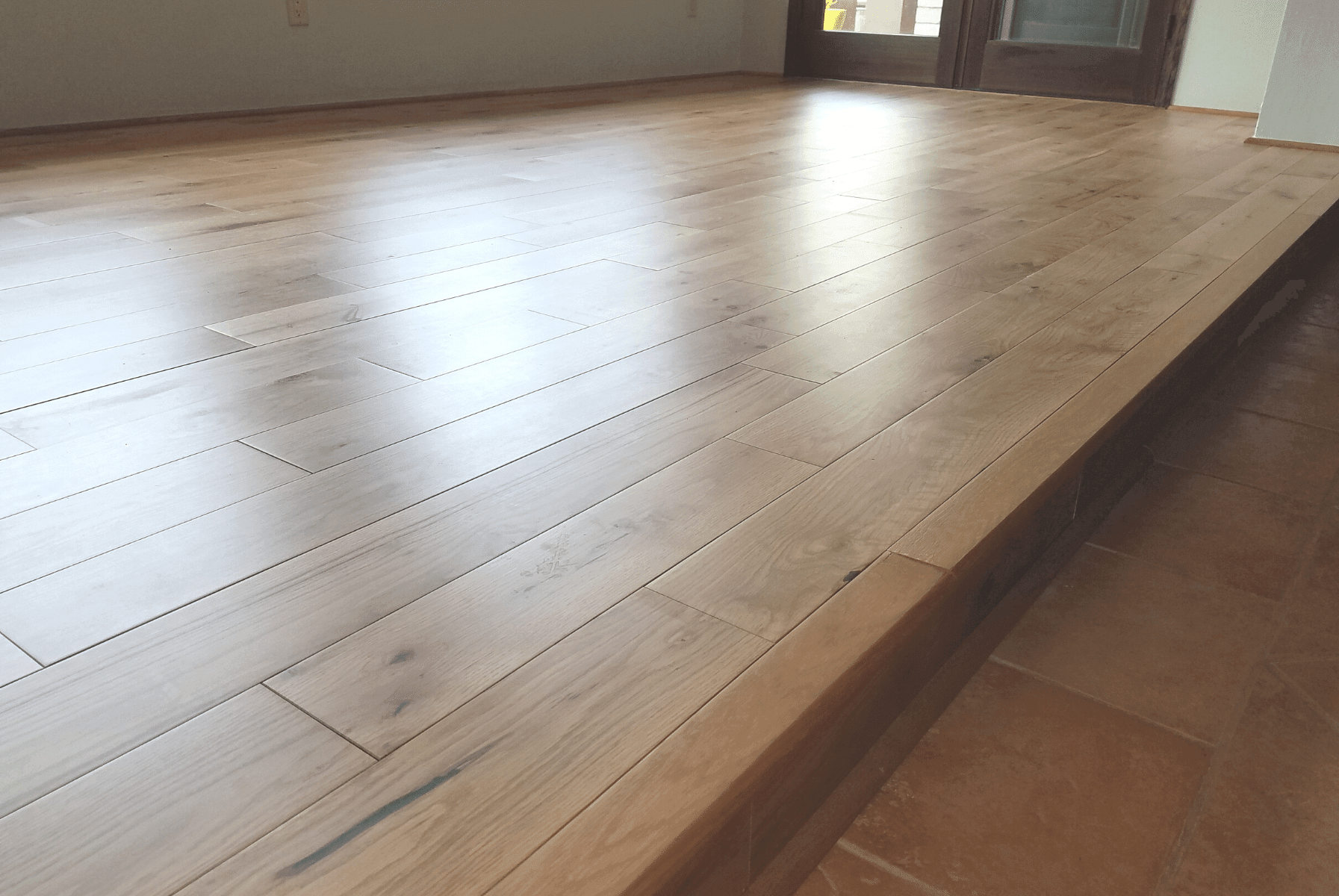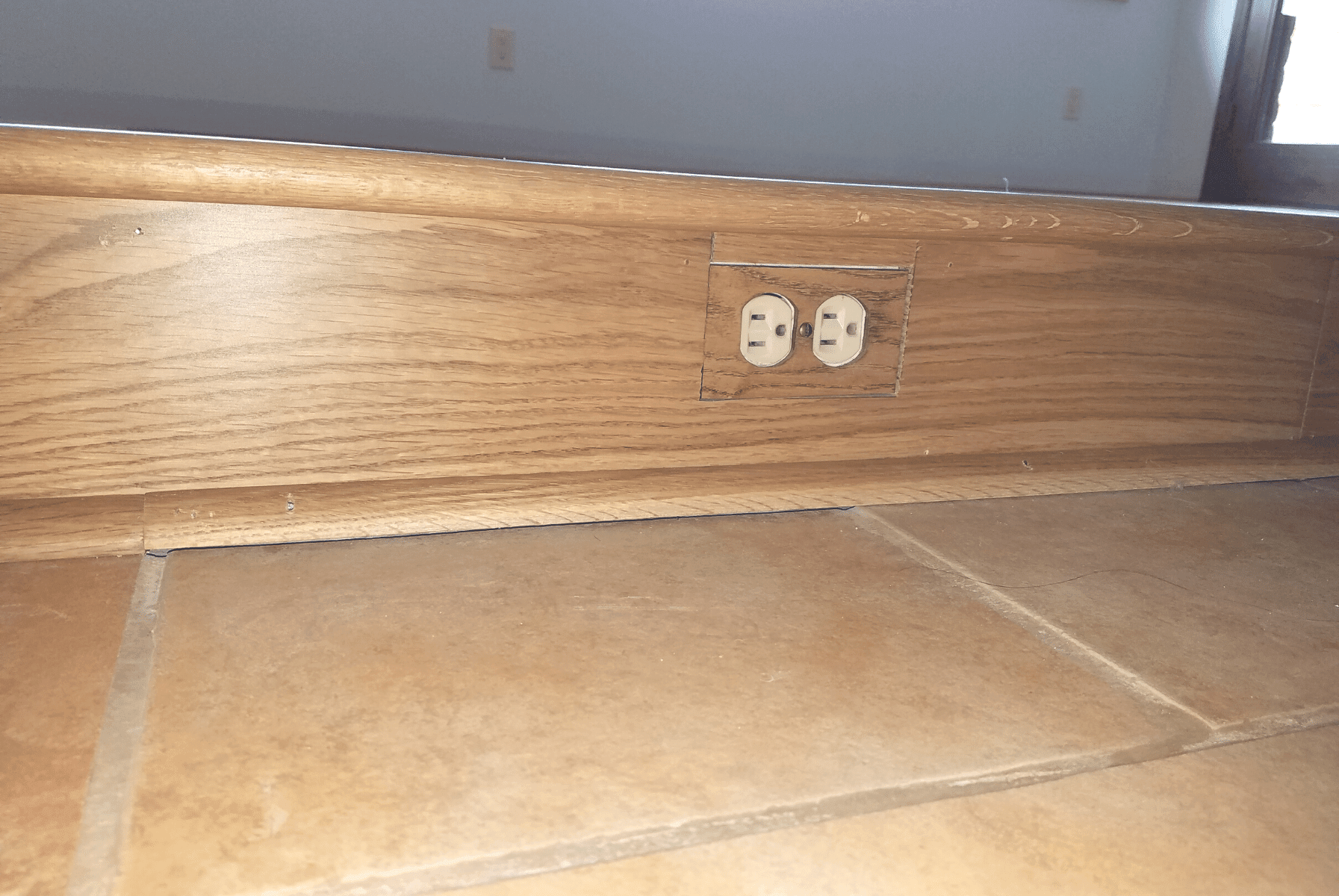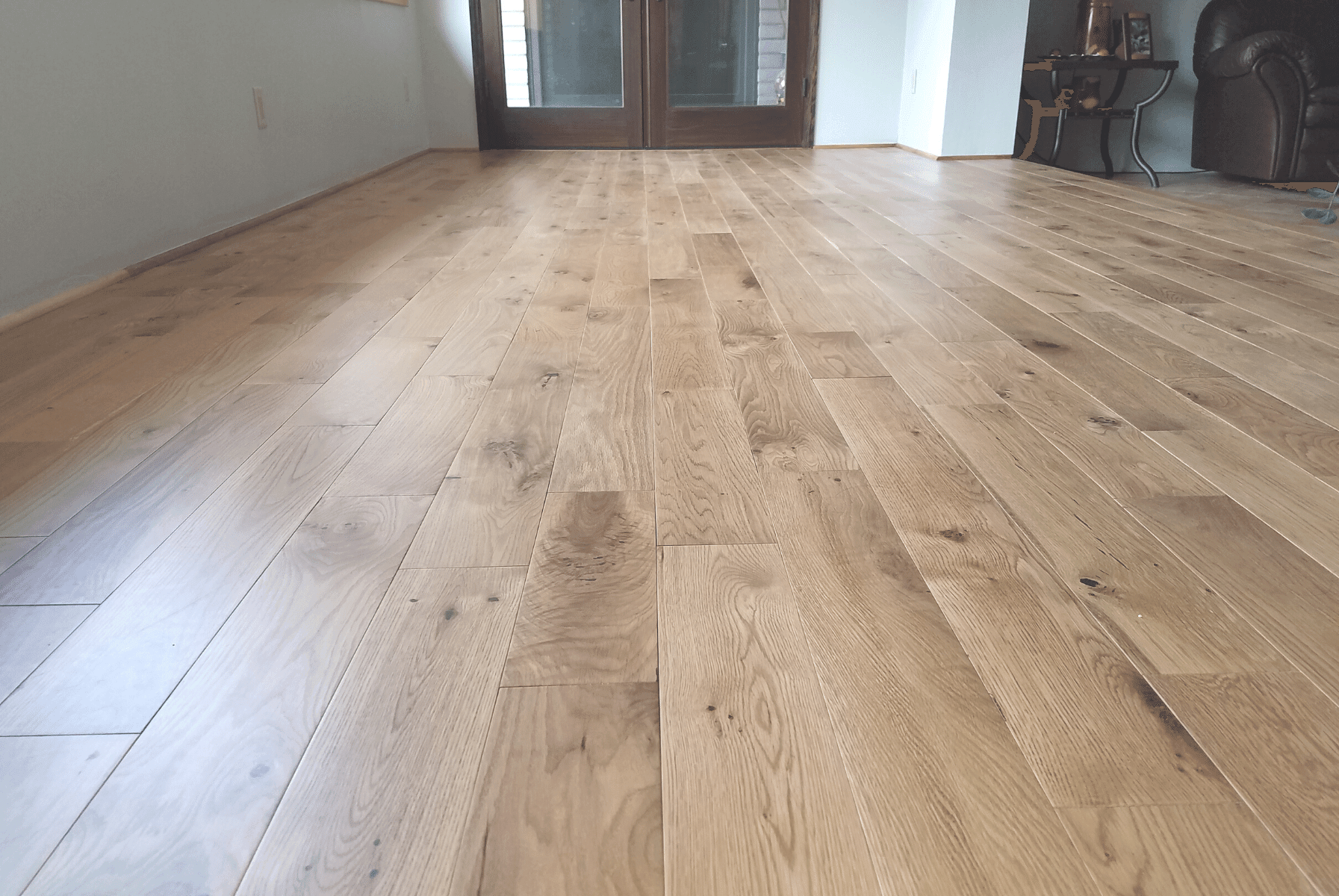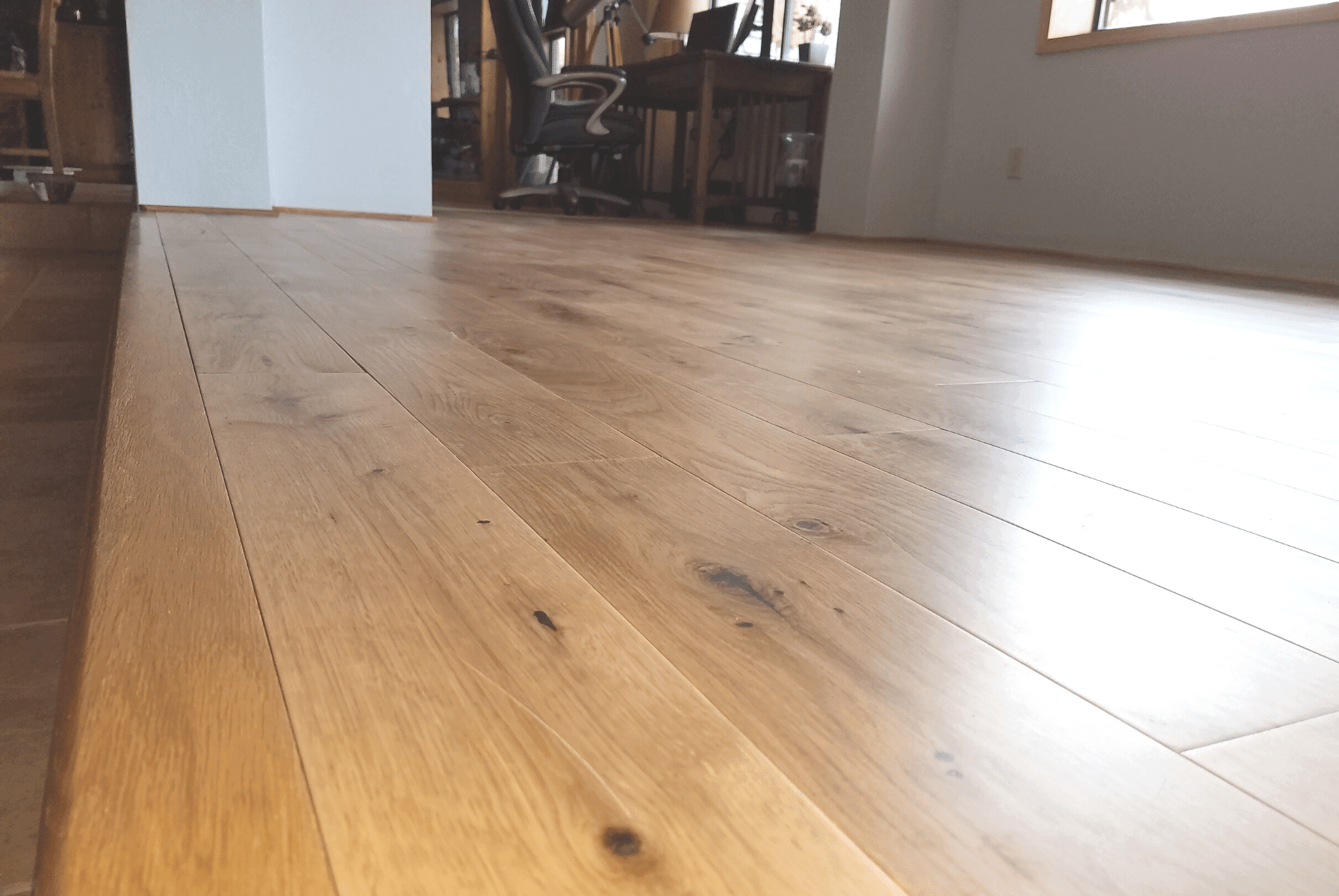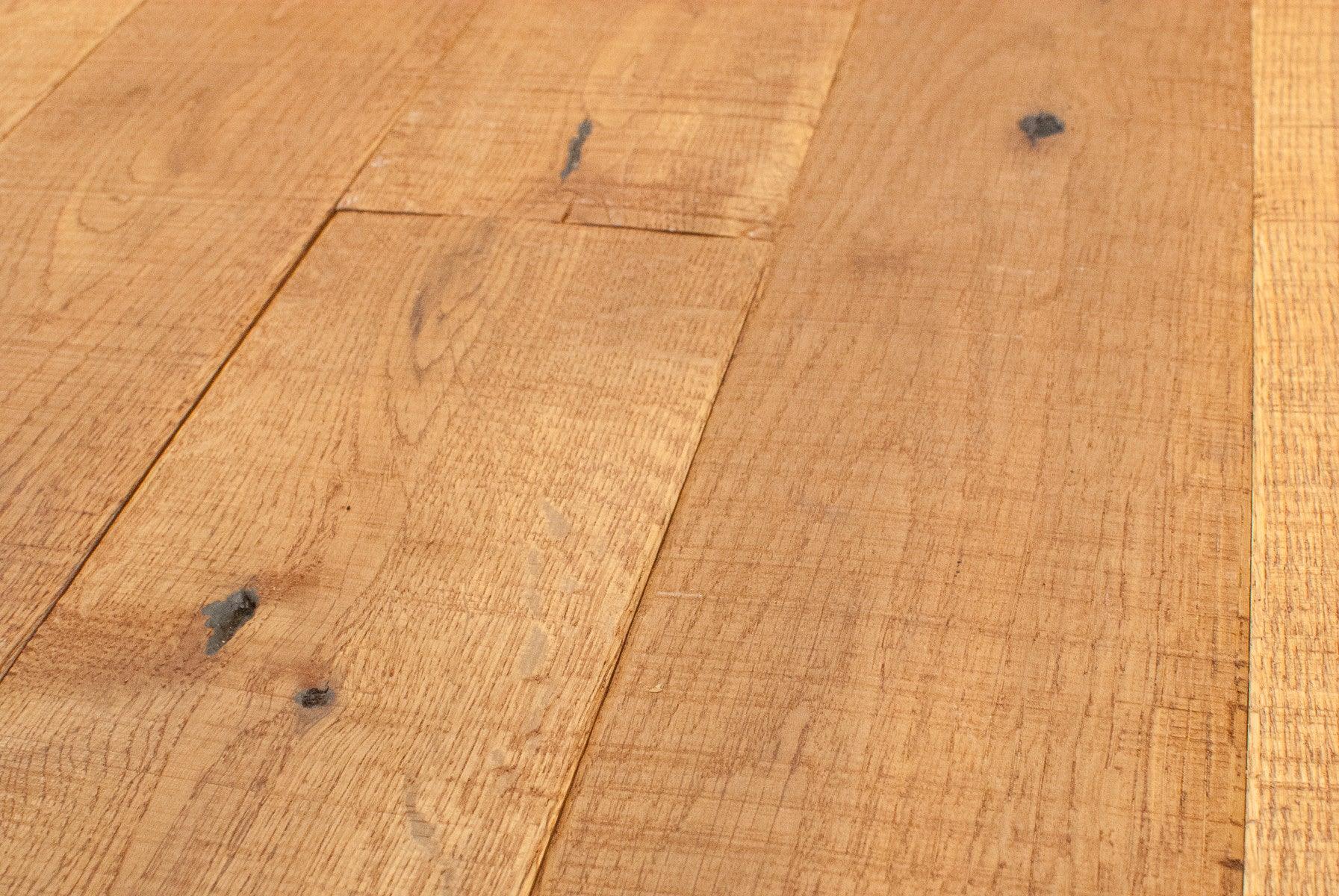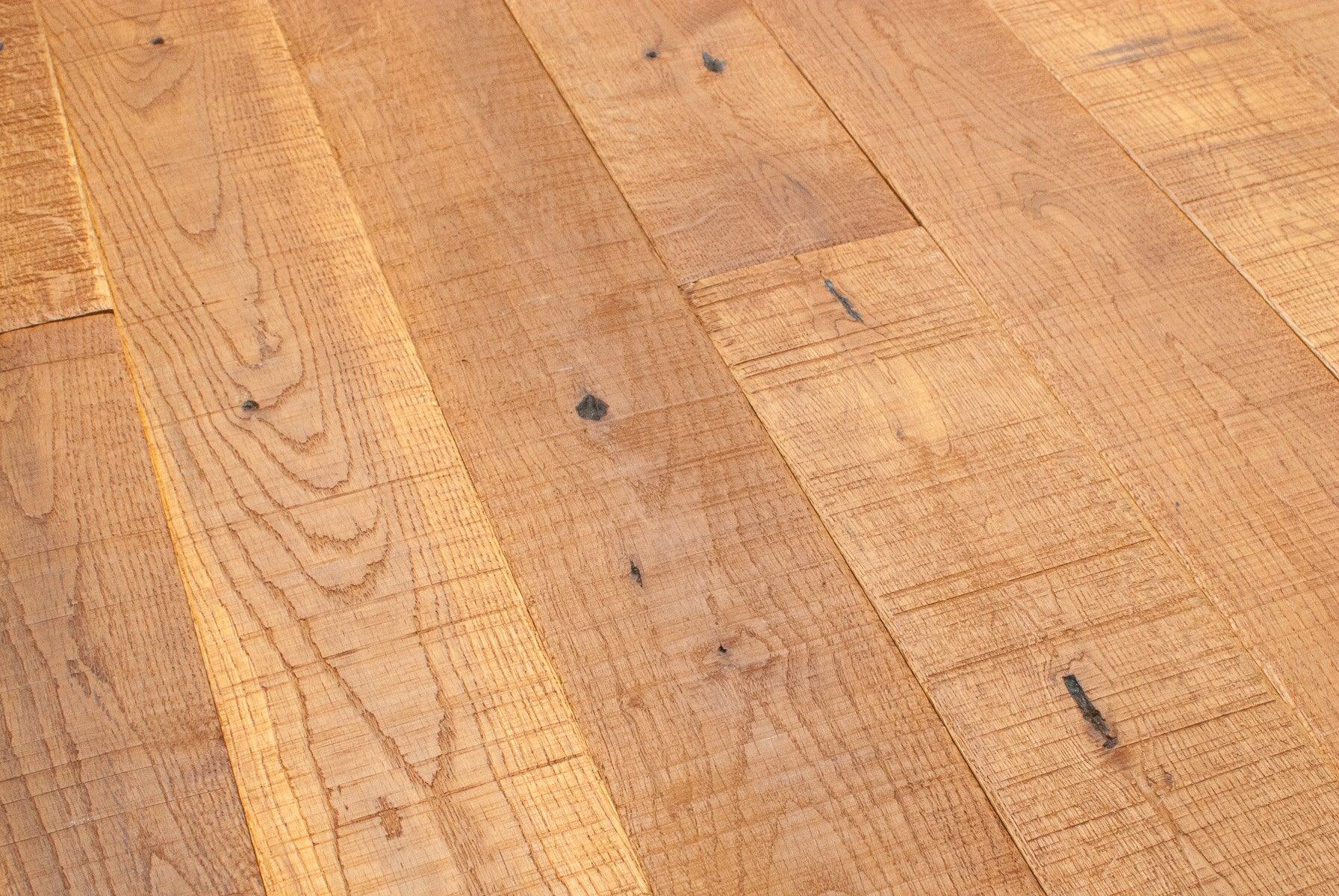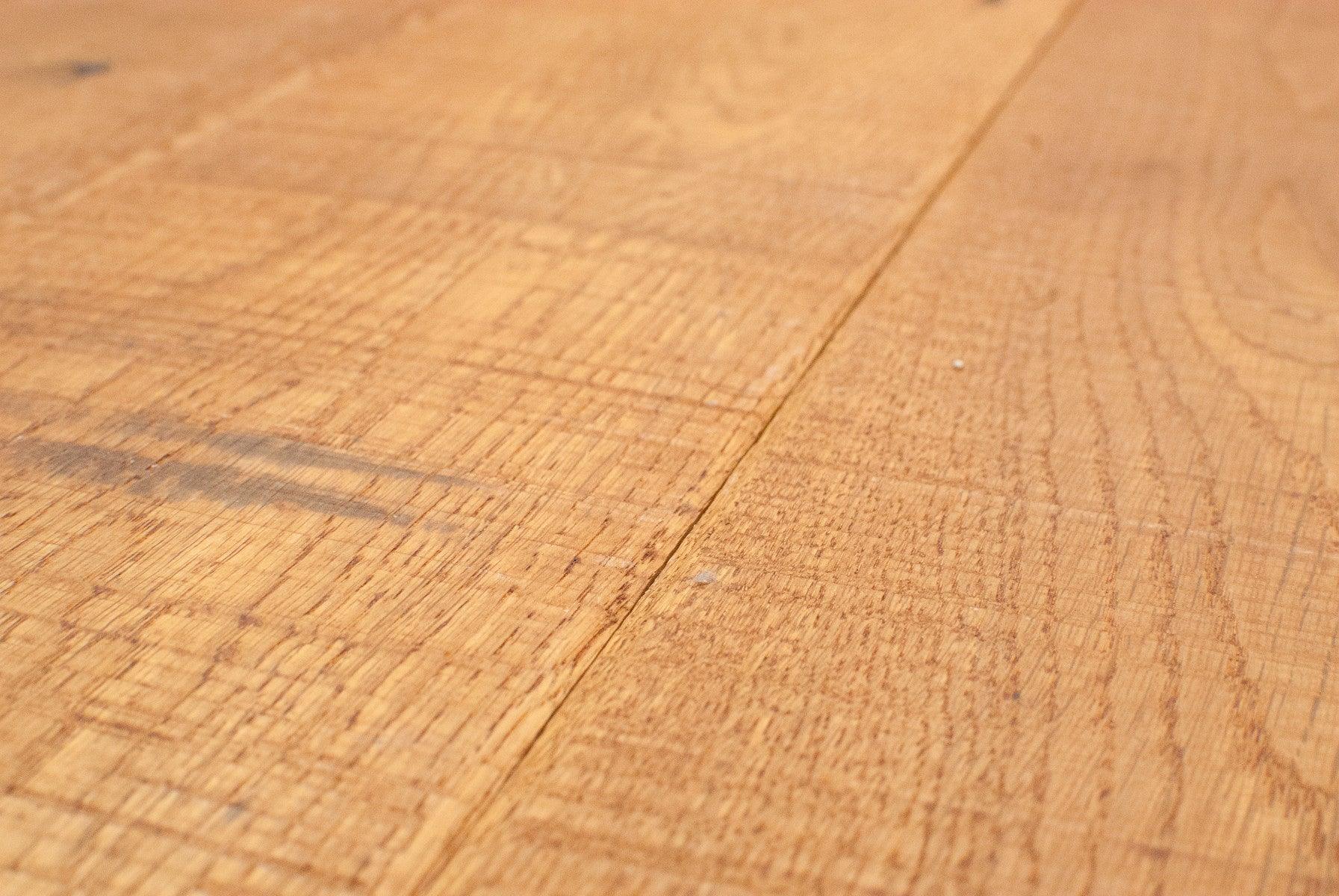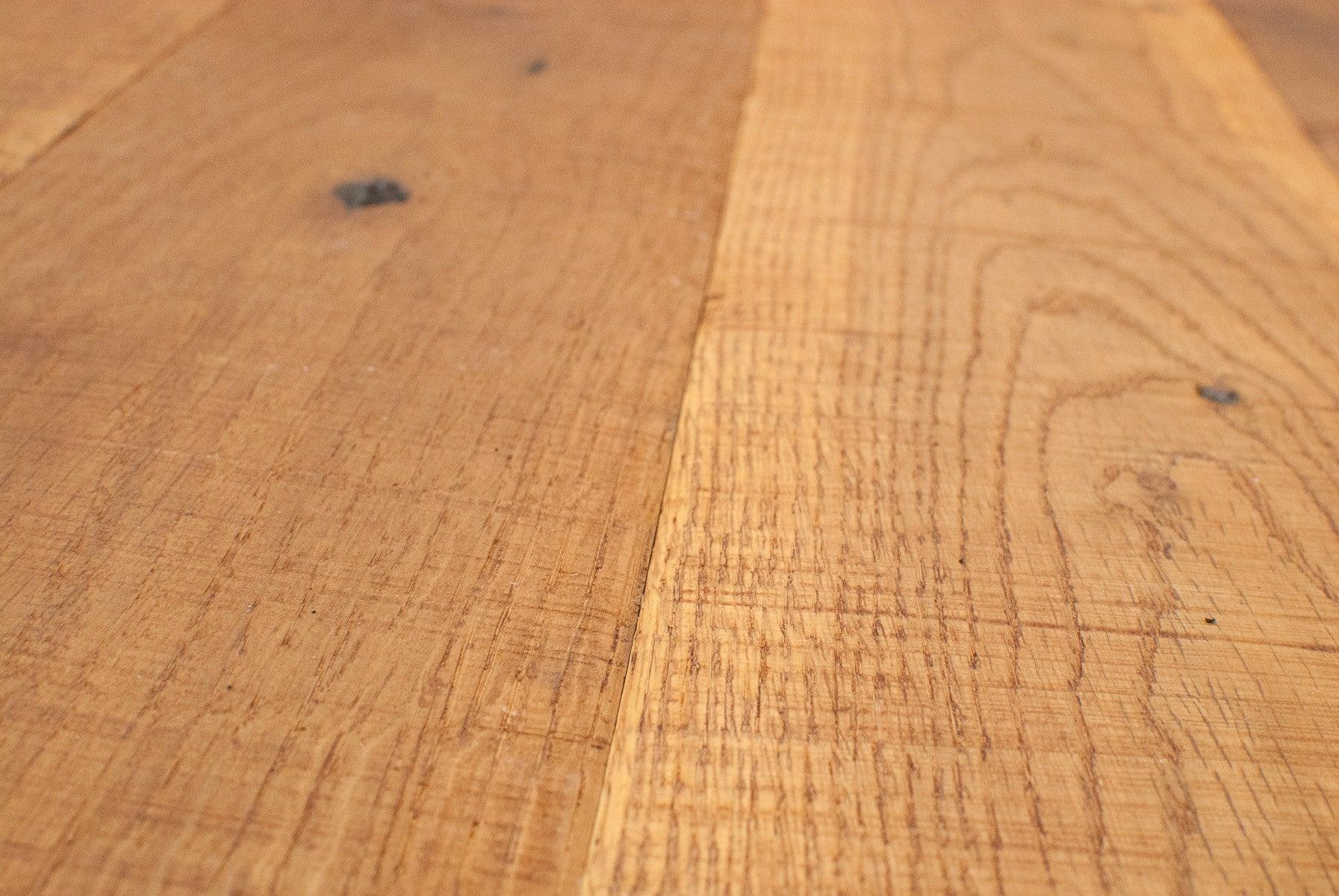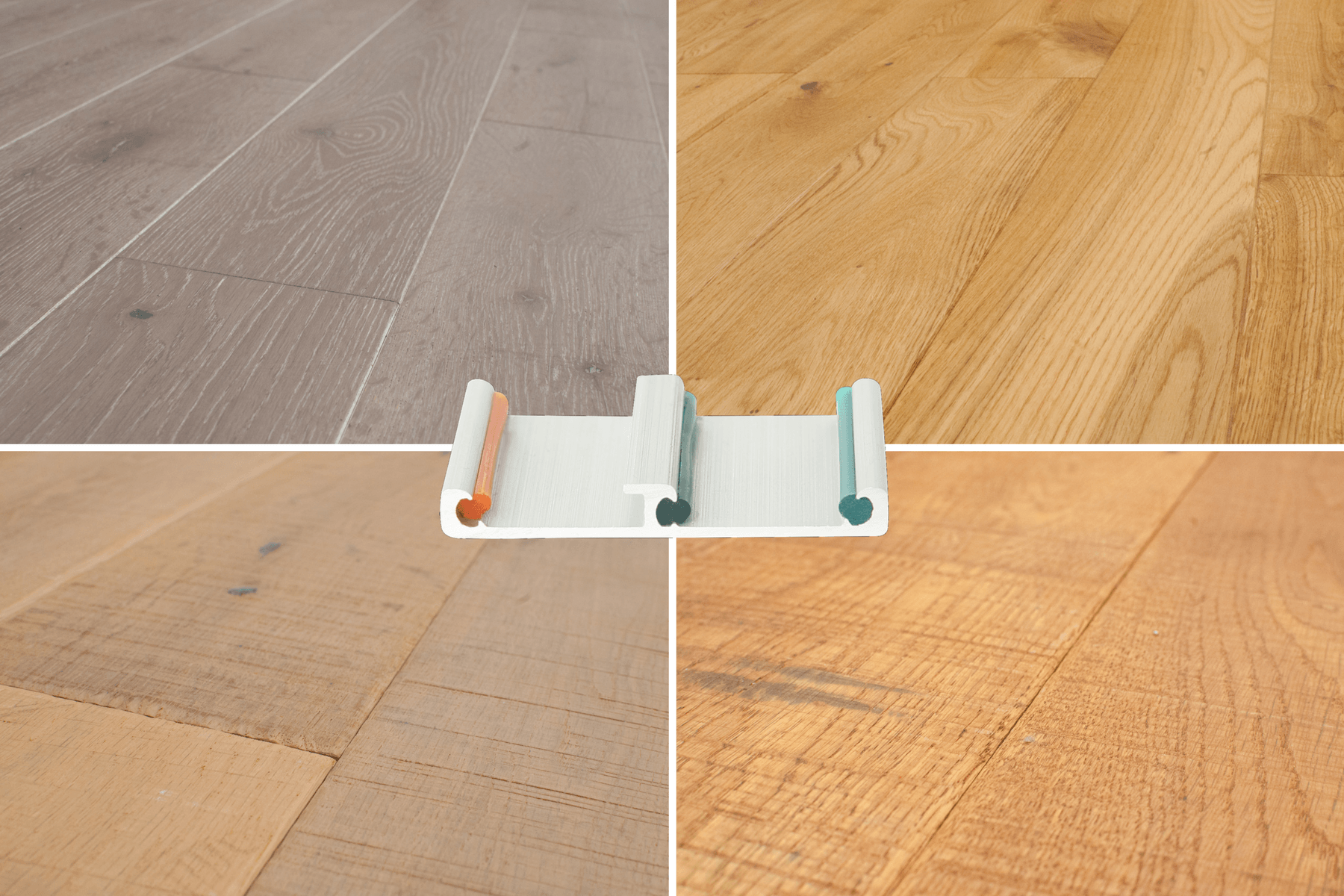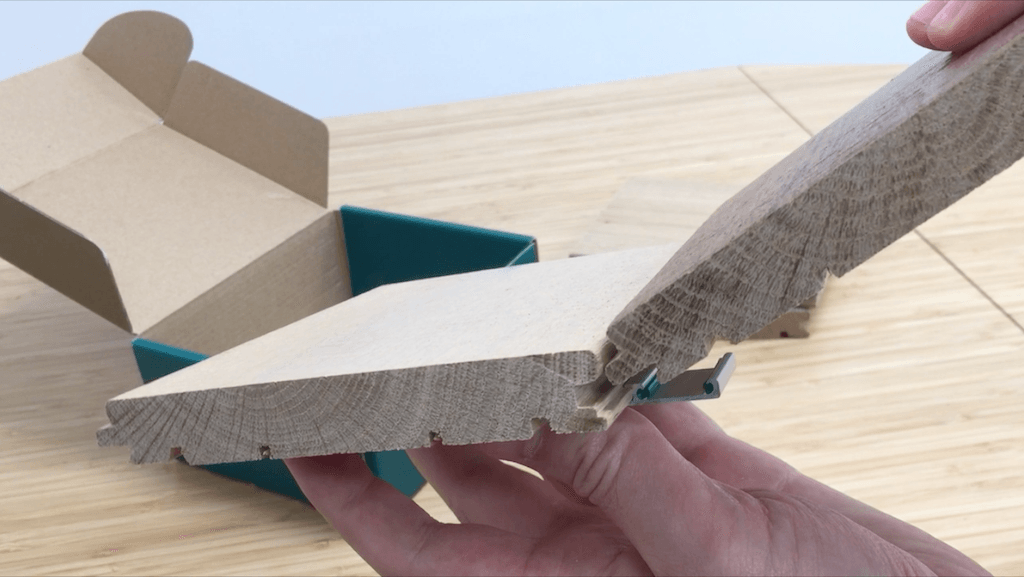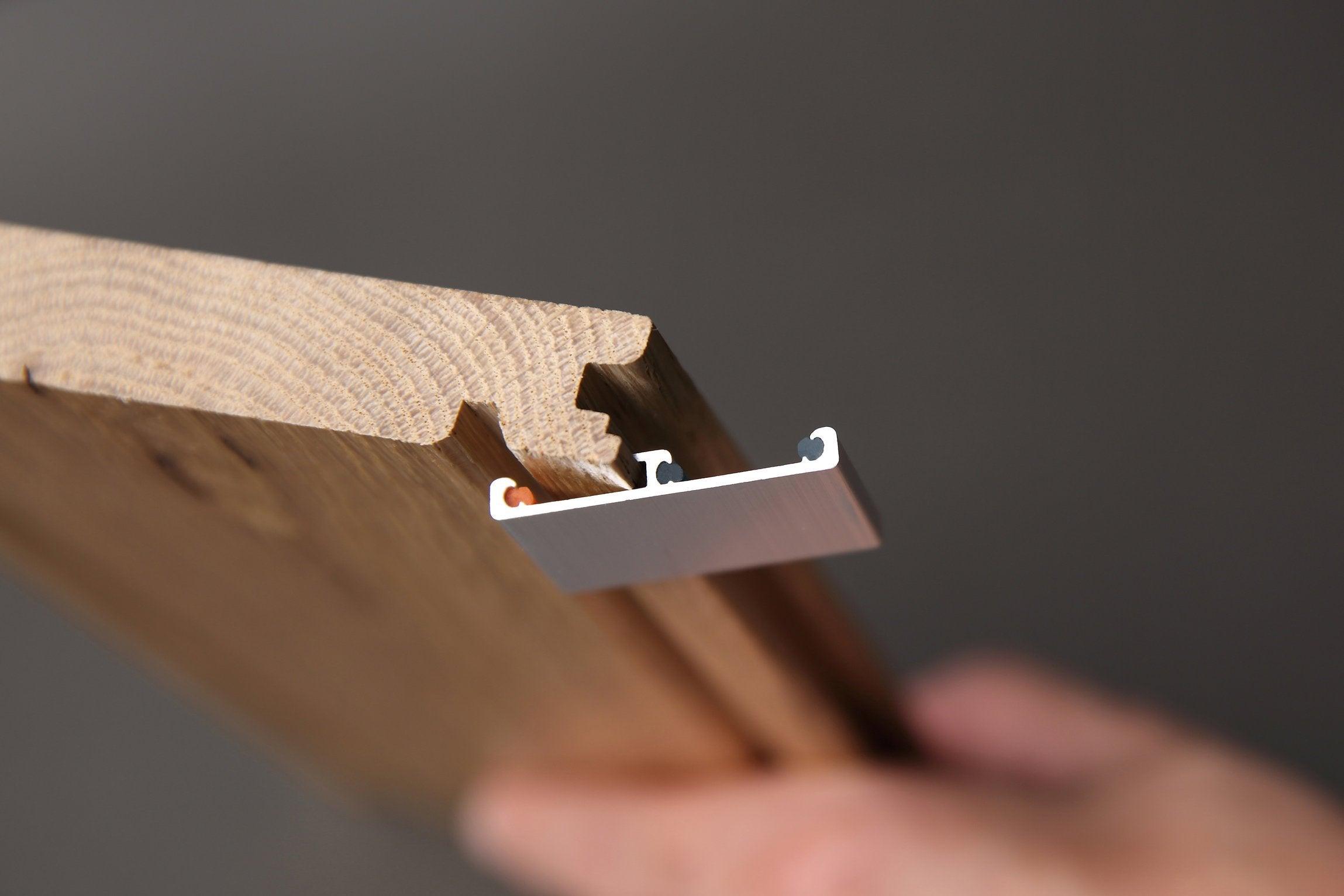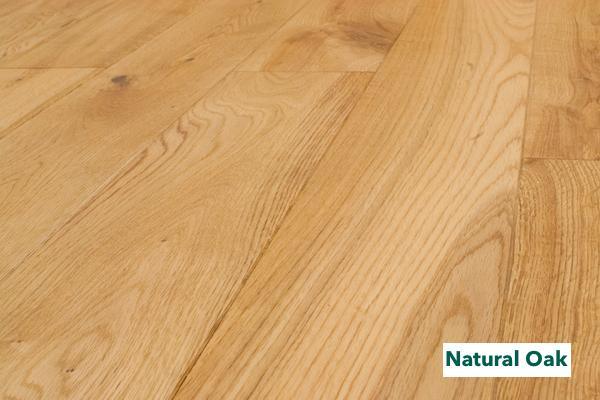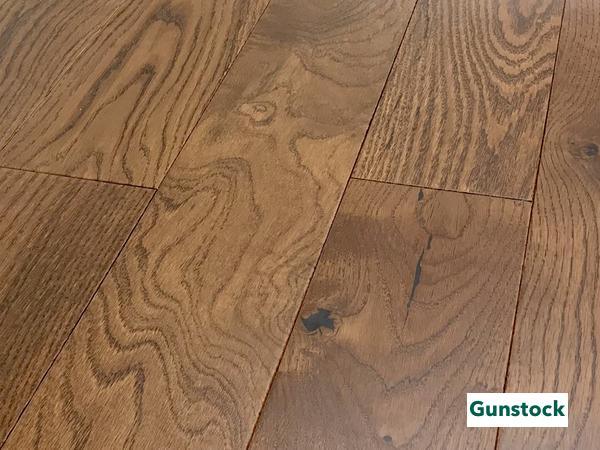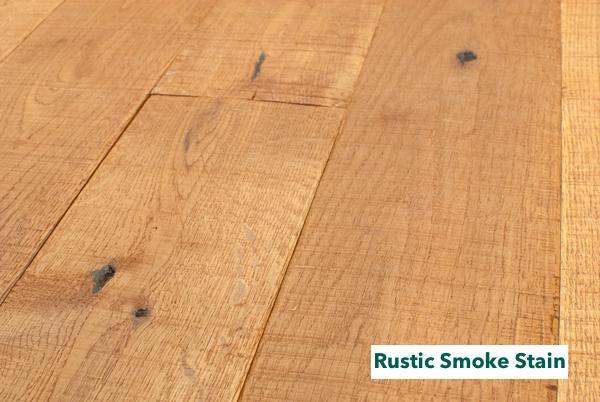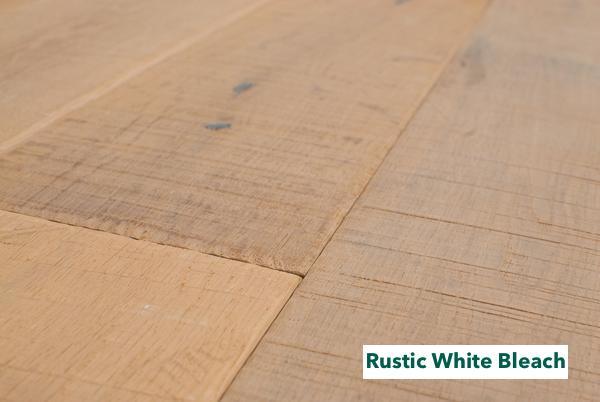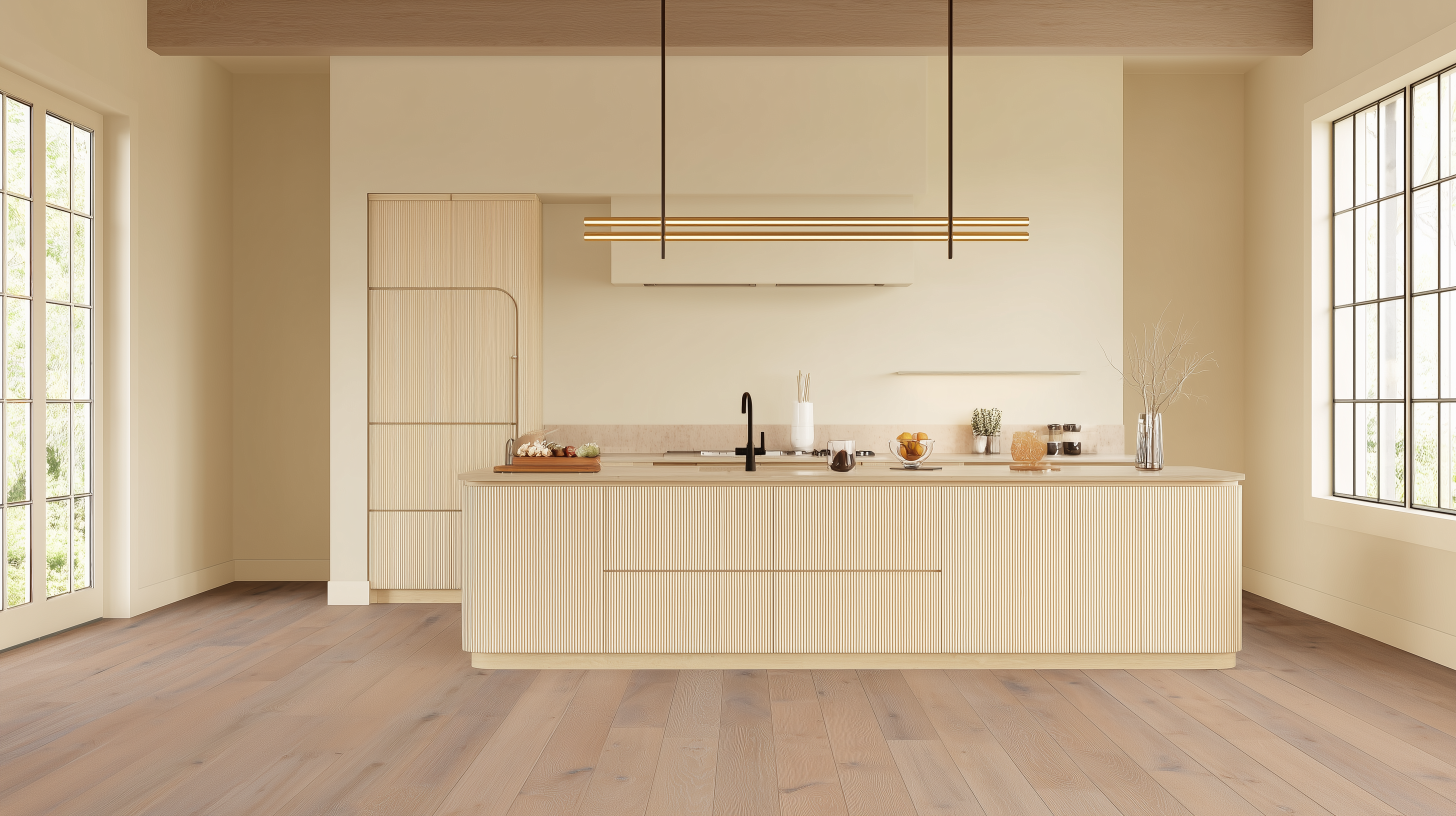Hardwood Floor Fillers 101: What You Need to Know Before You Repair
Understanding the types of wood fillers helps you choose the best wood filler for hardwood floors in your project. Some of the best wood fillers for hardwood floor come in different forms, each with its unique characteristics and uses.
The main types of hardwood floor fillers include latex, water-based, and solvent-based fillers. Latex fillers are flexible, easy to use, and offer easy clean up, making them perfect for filling small cracks and gaps. Water-based fillers are eco-friendly and dry quickly, while solvent-based fillers are strong and durable but have higher VOCs. Additionally, there are wood putties, which are suitable for finished wood and come in different colors. Understanding the different types of hardwood floor fillers will help you make an informed decision when selecting the best filler for your project.
Can You Use Wood Filler on Wood Floors?
Short answer: Yes—but timing and technique matter.
If the gaps in your wood floor are permanent (not just seasonal movement that closes up in humid months), then yes, wood filler is a smart solution. It helps close gaps, repair small cracks, and protect your floorboards from further damage.
There are two common uses for wood floor filler:
-
To patch minor imperfections like nail holes, small dents, and surface chips.
-
To fill the pores of open-grained hardwoods (like oak or mahogany) to create a smooth finish before staining or sealing.
For large gaps and large areas, specific wood fillers are recommended to ensure durability and aesthetic quality.
Not all fillers are created equal. Some are thick pastes—ideal for larger holes and deep damage. Others are thinner, more like batter, designed to spread into open grain and deliver a consistent surface. If you’re working with oak boards or another hardwood with pronounced grain, choosing a stainable wood filler will help maintain a natural look across the whole floor.
🔧 Pro tip: Keep an eye on humidity levels in the room. Moisture impacts wood movement, and even the best filler can fail if applied when your flooring is expanding or contracting due to seasonal changes.
Can You Walk on a Floor After Using Wood Filler?
Yes—once it’s fully cured and finished.
Most wood fillers dry hard and are built to withstand light foot traffic. But if you’re using filler on your floors (especially over surrounding wood or in high-traffic zones), you’ll want to apply a protective top layer—typically polyurethane or your chosen floor finish.
Let everything become completely dry. Once cured, your filled area will blend in and stand up to daily use.
Can You Fill Gaps in Hardwood Floors?
Absolutely—but first, identify the type of gap you’re dealing with.
-
Are the gaps between every board in the room?
-
Do they come and go with the seasons?
-
Or are they small, fixed gaps in just one or two spots?
If it’s a seasonal issue, resist the urge to fill it. That’s natural wood movement at work. Filling those gaps could lead to cracking when the wood expands again.
However, if you’re dealing with permanent, narrow gaps, then a high-quality stainable wood filler or wood putty is ideal. These products are made to blend with your surrounding wood, whether you’re matching light maple or deep, rich oak.
Achieving an accurate color match and matching colors is crucial when using wood fillers to ensure a seamless appearance and avoid discrepancies in color tone.
Just make sure you’re using the right filler for the job—something that holds up to moisture, takes stain well, and doesn’t shrink or crack with time.
🎯 Bottom line: For gaps that aren’t going anywhere, wood filler is highly recommended. It improves the look, protects your floor, and helps you avoid more costly repairs later on.
What’s the Difference Between Wood Filler and Wood Putty?
It’s a common question—and an important one if you want your repair to last.
Both wood filler and wood putty are used to fix imperfections, but they’re not interchangeable. The product you choose can impact the final look, durability, and how your wood floor responds to moisture and wood movement over time.
Here’s a quick breakdown:
|
Feature |
Wood Filler |
Wood Putty |
|
Base |
Usually water-based |
Typically oil- or solvent-based |
|
Texture After Drying |
Dries hard for a sandable surface |
Remains pliable after drying |
|
Best For |
Unfinished wood or raw floor boards such as plain, quarter sawn, and rift sawn options might be explored to determine the best pattern and stability for your project. |
Finished wood like trim or furniture |
|
Use Case |
Ideal for indoor projects, especially flooring. Be aware of the challenges of mixing your own filler, as improper mixing can lead to inconsistencies in color and texture. |
Suitable for indoor/outdoor use |
|
Sanding and Staining |
Can be sanded, stained, or sealed |
Often not stainable or sandable |
So… Which Is Better: Wood Filler or Wood Putty?
If you're repairing a hardwood floor, wood filler is almost always the better choice.
Why? Because it:
-
Dries hard and fast
-
Creates a smooth finish across your whole floor
-
Can be sanded down and stained to match your surrounding wood
-
Won’t attract dust or darken like putty can
Painters often use wood putty for furniture touch-ups or nail holes in trim—especially when the area will be painted. But it’s not ideal for flooring, since it stays soft, can collect grime, and may not accept stain the same way.
Putty has its place. Its flexibility is helpful in situations where wood movement or humidity changes are a concern—like exterior woodwork or wide expansion joints. But for oak boards, floor gaps, and any area you plan to stain or seal, go with a stainable wood filler.
Types of Fillers
There are several types of wood fillers, each with its unique characteristics and applications. Understanding these differences is crucial in selecting the right wood filler for your specific needs.
Latex-Based Fillers: These fillers are flexible and easy to use, making them ideal for surface repairs. They are perfect for filling small gaps and cracks in hardwood floors and other wooden surfaces. Latex-based fillers are also known for their quick drying time and ease of cleanup, making them a popular choice for DIY enthusiasts.
Water-Based Fillers: Eco-friendly and fast-drying, water-based fillers are an excellent choice for those looking to minimize their environmental impact. These fillers are easy to apply and sand, providing a smooth finish that blends seamlessly with the surrounding wood. They are suitable for a variety of applications, from filling nail holes to repairing minor surface damage.
Solvent-Based Fillers: Known for their strength and durability, solvent-based fillers are ideal for more substantial repairs. They are particularly effective in high-traffic areas or for filling deeper holes and cracks. However, they do have higher VOCs, so proper ventilation is essential during application. Solvent-based fillers provide a long-lasting solution that can withstand the rigors of daily use.
Wood Putties: Unlike traditional wood fillers, wood putties remain pliable after drying. This makes them suitable for filling nail holes and small gaps in finished wood. They come in various colors, allowing for a close match to the surrounding wood. Wood putties are often used for cosmetic repairs on furniture and trim, where flexibility and color matching are more important than a hard, sandable surface.
By understanding the different types of fillers and their applications, you can choose the right wood filler for your project, ensuring a professional-looking finish and a long-lasting repair.
Choosing the Best Wood Filler for Hardwood Floors
With so many products on the market, choosing the best wood filler can feel overwhelming. But don’t worry—we’re going to simplify the process.
When repairing wood floors, selecting the right hardwood floor filler is crucial. You need a product that doesn’t just patch the damage—it blends seamlessly with the surrounding wood, holds up to moisture, and maintains a smooth finish after sanding and staining.
Before choosing a filler, consider these three key factors:
-
Stainability – Will the filler take on stain like real wood? A good stainable wood filler should absorb and match the tone of your floor, whether you’re working with oak, maple, or another species.
-
Compatibility – Some fillers work better with unfinished wood, others with sealed surfaces. And not all are ideal for every type of damage—larger holes and fine cracks require different formulas.
-
Ease of application – From thick pastes to batter-like pore fillers, the best product is one you can apply cleanly and confidently.
To help you choose, here are six products that professionals (and experienced DIYers) highly recommend for wood floor repairs.
1. Timbermate Wood Filler
Timbermate is often ranked as one of the best wood fillers for hardwood floors because it resists shrinkage and takes stain beautifully. Timbermate is a pre-mixed water-based wood filler that pros love for one reason: it doesn’t shrink like most other fillers. That makes it ideal for deep gouges, screw holes, and larger cracks in floor boards.
It also absorbs stain, Rubio Monocoat, and polyurethane remarkably well. No chemical binders means it reconstitutes easily with water—even if it dries out. It’s available in several colours like White Oak, Red Oak, Maple, and Ebony, and you can even mix in tints, dyes, or stains to match your grain.

💡 Pro tip: Match your colour while the filler is still wet—it dries lighter but will revert to its original color once a finish is applied.
Whether you’re repairing an oak board or smoothing over a filled area before staining the whole floor, Timbermate delivers a clean, consistent result.
To see how to work with TImberMate, watch this video.
2. Glitsa Wood Flour Cement
This is a two-part product: a resin you mix with fine sanding dust from your actual floor. The result? A filler that matches your surrounding wood exactly—because it is your wood.

Professionals love Glitsa because:
-
It’s extremely durable (the epoxy base can last a lifetime)
-
There’s no waste—you only mix what you need
-
You can adjust colour by changing the dust type (for example, using maple dust on a light oak area)
It’s ideal for filling small gaps, surface imperfections, and even spot repairs. However, it’s sold by the gallon and isn’t the easiest product to ship due to VOCs.
For best results, use 80-grit or finer dust and apply in layers when filling larger holes.
To see a product demonstration, watch the first 2 minutes of this video.
3. Minwax Stainable Wood Filler
One of the most widely available options, Minwax stainable wood filler is great for general use. It’s especially effective on nail holes, cracks, and small gouges in both unfinished and prepped wood surfaces.

Once applied and sanded, it accepts both oil- and water-based stain, giving it versatility on most hardwood floors. It’s easy to apply from a tube using a putty knife, dries in 2–6 hours, and gives a durable, repairable surface.
Minwax is highly recommended for everyday floor maintenance and cosmetic repairs.
4. Elmer's E914 Carpenter's Color Change Wood Filler
Elmer’s makes a smart filler for DIYers—it goes on purple and dries pink, so you’ll know exactly when it’s ready to be sanded, stained, or painted.
It’s water-based, non-toxic, and excellent for filling larger holes, scratches, and minor gaps in your wood floor. It won’t shrink or crack after drying and delivers a strong, paintable surface.

While it’s not quite as fine-tuned as Timbermate for deep staining, it’s a solid budget-friendly option that works especially well for smooth finish prep before sealing. After the filler has dried, applying a clear finish is essential to achieve the desired color and appearance, as it ensures the final look aligns with the intended color.
5. Draughtex Floorboard Gap Filler
Not every gap can be filled with a liquid. If you’re restoring older floors—like wide plank flooring in a heritage home—you may have deep or wide gaps between boards.
That’s where Draughtex comes in.

It’s a flexible, compressible strip that you press into the gaps to create a clean seal. Unlike traditional filler, it moves with the wood, which is essential in floors that shift with humidity changes and wood movement. Draughtex is particularly effective for filling larger gaps, ensuring durability and proper finishing in restoration projects.
Draughtex comes in three sizes and multiple lengths to accommodate room-wide gaps, and it’s especially useful where moisture or temperature swings are common.
6. Wood Plugs
For round holes like old screw heads, don’t reach for putty—use wood plugs instead.
You can make or buy wood plugs that are glued into place and sanded flush. They are highly effective for filling larger imperfections, such as large holes, in wood surfaces. Once stained, they’re nearly invisible—and unlike filler, they can match the grain of your original oak or furniture-grade wood perfectly.
It’s a bit more work upfront, but the result is unmatched for precision and visual quality.
How Do You Fill Gaps in Hardwood Floors?
Not all gaps are created equal. Some are cosmetic. Others are signs of deeper wood movement due to humidity changes. The key is understanding the type of gap you’re working with—and choosing the right method to fix it. For custom repairs, consider mixing your own filler by combining fine sanding dust with a liquid binder. This technique helps achieve a color-matched solution that seamlessly blends with the existing floor, particularly for larger areas or parquet floors. Watch this video for a more in depth demonstration.
For Small Gaps Between Floor Boards
If you're dealing with a few narrow gaps between floor boards, a simple fix goes a long way.
Use a colour-matching wood putty or stainable wood filler, and press it into the gap using your finger or a flexible putty knife. Smooth the surface, let it dry, and lightly sand if needed. Once sealed or stained, the filled area should blend seamlessly with the surrounding wood, restoring a smooth finish without the need for more invasive repairs.
This approach works best for minor, permanent gaps—not seasonal ones that expand and contract.
For Multiple Gaps or Parquet Flooring
If you’re seeing gaps throughout the whole floor—especially with parquet or patterned designs—spot-filling won’t cut it.
In these cases, it’s best to make your own custom wood filler using fine sanding dust (from 80–100 grit paper) mixed with a water-based wood filler or bonding agent. This method creates a filler that perfectly matches the grain, stain, and tone of your wood floor.
Apply it with a large trowel, pressing it into each gap across the entire room. Once dried and sanded, the result is clean, cohesive, and ready for staining or sealing.
What About Wide Gaps in Hardwood Floors?
Permanent, wide gaps—especially in older homes—need a different approach.
These gaps often appear in wood floors, oak, pine, or reclaimed wood floors, and are too large for standard wood filler. Instead, consider traditional gap-filling methods that are still effective today:
Option 1: Manila Rope
This tried-and-true technique has been used in barn and farmhouse floors for generations.
Here’s how it works:
-
Clean the gap – Scrape out debris and vacuum thoroughly.
-
Size the rope – Choose rope that fits snugly into the gap.
-
Install it – Press the rope in using a putty knife to wedge it below the surface.
-
Finish it – Leave it exposed for a rustic look, or cover it with wood putty for a smoother finish. If you’re leaving it visible, pre-soak the rope in a matching stain, let it dry, and then install.
Always fill wide gaps during the most humid time of year—when the wood is expanded. This minimizes future movement and keeps your repair intact.
Option 2: Wood Shims or Dowels
For cleaner, more modern floors, insert wood shims or dowels into the gaps. Apply wood glue, press them into place, trim flush, then sand and stain to match the oak board or furniture-grade wood around it.
Solvent-Based Fillers: Strong, Durable, and Built for High-Wear Floors
If you’re working on a high-traffic area or need to repair deeper damage, solvent-based wood fillers are a smart, heavy-duty option. Known for their strong adhesion and fast-drying properties, these fillers are ideal for tough jobs like filling gouges, cracks, broken edges, or deep nail holes in hardwood floors.
They bond tightly to surrounding wood, resist shrinking, and hold up well under daily wear. While they do have a stronger odour and require ventilation and solvent-based cleanup, the trade-off is durability that lasts.
Solvent-based fillers are also crucial for preparing wood surfaces for painting, ensuring a smooth and seamless finish.
Key advantages:
-
Great for large repairs and high-use areas
-
Dries faster than water-based fillers
-
Long-lasting results when applied properly
Just be sure to follow the manufacturer’s safety guidelines when using them, especially indoors.
Application and Drying: The Steps That Make or Break Your Repair
With any wood filler, the prep is just as important as the product. Done right, your repair will blend seamlessly and last for years. Done wrong, and you’ll be fixing it again in a month.
Follow these steps for a strong, professional-looking finish:
1. Sand the surfaceUse 120-grit sandpaper to remove any finish and expose clean wood.
2. Vacuum thoroughlyGet rid of all sawdust and debris to help the filler bond properly.
3. Apply the fillerUse a putty knife to press the filler firmly into the damaged area. Smooth it out evenly.
4. Let it dry completelyDry time depends on the product, temperature, and humidity. Always follow the label instructions and test a small section by sanding lightly to check if it’s ready.
When done correctly, your floor will look smooth, clean, and professionally repaired—ready for stain, sealer, or polyurethane. Using wood filler before refinishing floors is essential to ensure a smooth and durable finish.
When It’s Time to Replace, Not Just Repair
Hardwood floors deserve repairs that are invisible, durable, and true to the wood’s character. Choosing the best wood filler for hardwood floors ensures gaps and blemishes disappear while your finish remains smooth and consistent. Whether you’re working with oak, maple, or reclaimed boards, a stainable filler gives you results that last.
And if your floor needs more than patching, Easiklip’s solid oak floating floors offer a fresh start—easy to install, built to last, and designed for everyday living.
Easiklip solid hardwood flooring is a smarter alternative when you’re ready to upgrade. It’s made for homeowners who want real hardwood—but without the mess of glue, nails, or professional installation.
Why Easiklip makes sense:
-
Installs with clips, not tools
-
Easy to remove and reinstall if you move
-
Available in a range of species, colours, and finishes
-
Can be installed over most subfloors, including concrete
Looking for a way to test the look in your own space?
Order the Easiklip Floor Sample Pack to see the quality, colour, and texture for yourself—before you commit.
Easiklip: The DIY hardwood floor that installs fast, looks flawless, and lasts for years.
